Whenever we think of tourism at Arunachal Pradesh, the first destination or the circuit that comes to our mind is – Tawang. Yes, Tawang is the most popular tourist destination of Arunachal and a wish list for many. Even I planned my first trip to Tawang way back in 2015. However, for various reasons, I couldn’t materialize the same. This year, I was determined enough to fulfil this long wish of mine to make a visit to this Land of Dawn Lit Mountains.
Arunachal Pradesh is not only the most north-eastern state but also the largest state in North East India. Arunachal is also known as the orchid state of India. Geographically it’s a very delicate state considering the bordering states of Assam and Nagaland to the south and international borders with Bhutan in the west, Myanmar in the east and China in the north. The rich history of Arunachal goes back to pre-ancient times of Mahabharata as it’s believed that, Arunachal Pradesh was the place where sage Parshuram washed away his sin, sage Vyasa meditated, King Bhishmaka founded his kingdom and Lord Krishna married his consort Rukmini.
Local Culture & Traditions :
Arunachal has 26 major tribes and over 100 sub-tribes, each with its distinct tradition, customs and language. However, every tribe co-exists harmoniously in Arunachal Pradesh. The major tribes are Adi, Galo, Aka, Apatani, Nyishi, Tagins, Bori, and Bokar. Being a tribal state, festivals are an essential and integral part of the social-cultural life of the people. Although, a majority of these festivals are themed on agriculture.
The tribes living in the high mountains such as Membas and Khambas are Mahayana Buddhists. While the Khamptis and the Singphos, who are believed to have migrated from Thailand and Burma long ago, belonging from the eastern part of the state are Hinayana Buddhists. The Zakhrings too, who are believed to be migrated from Zeyus in Tibet, are influenced by Mahayana Buddhism. These Buddhist Tribes are characterized by their expertise in carpet making, weaving, dancing, painting, mask -making and elaborate dresses.
Whereas on the other hand, the Nyishis, Apatanis, Adis, Mishmis, Tagins, Mijis, Akas, Sulungs (Puroik) and the Khowas worship natural objects and ancestors. The Tani group of tribes such as – the Apatanis, the Nyishis, the Adis, the Galos and the Tagins worship Sun (Donyi) and Moon (Polo) and follows Donyi-Polo religion. Abotani is considered as the originator for Tani group of tribes. These tribes are excellent in weaving and fine works of cane and bamboo.
Noctes, the Tangsas, and the Wanchoos of Tirap and Changlang districts are known for their masculine dances and art of woodcarving. They have been known for their association with the practice of headhunting and their contacts with Burmese tribes.
Regarding the livelihood, throughout my journey through Arunachal, I found that around 60% of people are involved in Govt. Jobs. Other than that, people rely on agriculture, businesses such as local shops and govt. contracts. Govt. Contracts are very prominent throughout the state of Arunachal.
Well, frankly speaking, Arunachal being such a vast state there are lots of circuits to choose from, as per one’s personal taste. Although, Tawang is the most popular circuit due to obvious reasons, however, Arunachal has a lot to offer beyond Tawang. While planning this trip of mine, in the beginning, I thought of Tawang too. But then I realised that I can explore Tawang anytime later and instead decided to explore the unexplored part of Arunachal. I wanted to experience the diverse tribal culture and local livelihood of tribal people, because once the unexplored tribal regions get touristy, they would too, lose the charm like Tawang. And if I haven’t been to this trip of mine, I wouldn’t have known that Arunachal has a lot to offer beyond Tawang.
After going through Google Maps and Arunachal Tourism website a lot, I decided on exploring 3 different circuits – Ziro, Mechuka and Tuting.
Nov 1 : Day 1 : Kolkata – Dibrugarh
Nov 2 : Day 2 : Dibrugarh to Ziro
Nov 3 : Day 3 : Ziro Sightseeing
Nov 4 : Day 4 : Ziro to Dapirazo Pasighat
Nov 5 : Day 5 : Dapirazo Pasighat to Along
Nov 6 : Day 6 : Along Sightseeing
Nov 7 : Day 7 : Along to Mechuka
Nov 8 : Day 8 : Mechuka Sightseeing
Nov 9 : Day 9 : Mechuka Sightseeing
Nov 10 : Day 10 : Mechuka to Along (Igokato Village)
Nov 11 : Day 11 : Along (Igokato Village) to Jengging
Nov 12 : Day 12 : Jengging to Tuting
Nov 13 : Day 13 : Tuting Sightseeing
Nov 14 : Day 14 : Tuting to Yingkiyong
Nov 15 : Day 15 : Yingkiyong to Pasighat (Ledum Village)
Nov 16 : Day 16 : Pasighat (Ledum Village) to Dibrugarh
Nov 17 : Day 17 : Dibrugarh to Kolkata
Unexplored Arunachal Series :
Unexplored Arunachal | Ziro | Part 1
Unexplored Arunachal | Aalo (Along) | Part 2
Unexplored Arunachal | Mechuka | Part 3
Unexplored Arunachal | Tuting | Gelling | Part 4
Unexplored Arunachal | Ledum Village | Part 5
As you all know me, I personally like to do all the booking on my own, and even after considering the tribal villages, one can easily manage on their own without any issues. But this time, I thought of relying on a reliable person who’s local or have experience with these regions to make most of it. And also, I was engaged with lots of things at that moment and I felt I might miss to follow up and refine things. Well, this is very true when you are dealing with offbeat remote locations where you might not get connected at once and you need to keep following up to make things work. I know these from my previous experiences.
So I relied on my trusted contact for North East – Dipankar Roy from North East Travels. With years of good relationship, he is more of a family member to me now and my reliable connection for tourism in North East. Well thanks to him, as I got to experience a few different villages on Day 10 and Day 15 instead of returning back to the same place.
When I first approached him with the above itinerary of mine, Dipankar Da tried to convince me a lot to not approach these remote tribal villages with my parents as in most cases I won’t be getting proper accommodation, food and even the road condition would be drastic. And suggested me to fall back to Tawang and Ziro instead. However, I insisted on sticking to the itinerary I provided as I deliberately prepared this after a lot of consideration. And believe me, this travel bug is in my bloodline and I got this hereditary from my grandfather. So I knew, my parents, no matter how old they are, are one of the most co-operating persons I have ever seen. They have been to situations like this before and I was sure even at this age, they would definitely cope up without any complaints, no matter the situation!
With lots of back and forths, finally, things started falling into places. Well, it always does! Unfortunately, just about a week ago, Dipankar Da informed us that a bridge connecting Dapirajo to Aalo got ruptured. Thus, at the last moment, we had to change the route through Pasighat for Day 4 and Day 5. Pasighat being a town, looking for a hotel was not an issue. I sorted one based on the reviews and made an advance payment in lieu of our booking. It was just a matter of one night. Although Dipankar Da suggested the luxurious Abor Country River Camp, however, it was way above my budget. So I chose a homestay on my own.
Inner Line Permit (ILP) / Protected Area Permit (PAP) :
Arunachal, considering its delicate geographical position with various international borders and also being a tribal state, is a restricted zone. Thus, Indian Citizens (except the native people of Arunachal) needs Inner Line Permit (commonly referred to as ILP) and foreigners need Protected Area Permit (PAP) in order to visit Arunachal.
ILP can be applied through Resident Commissioner / Deputy Residence Commissioner / Liaison Officer of Government of Arunachal Pradesh at Arunachal Bhawan at various cities such as Delhi, Kolkata, Guwahati, Shillong, Tezpur, Dibrugarh, Lakhimpur, Jorhat. Whereas PAP can be applied at All Indian Missions abroad, All Foreigners Regional Registration Officers (FRRO) at Delhi, Mumbai, Kolkata, Chief Immigration Officer, Chennai, Home Ministry, Govt. of India and Home Commissioner, Govt. of Arunachal Pradesh, Itanagar.
Please refer Arunachal Tourism – ILP for address and contact details. However, you can avoid all these hassles and simply apply your ILP online at https://www.arunachalilp.com/. If you are applying online, one good thing is, you are charged only if your ILP is approved. Once your ILP is approved you’d get a mail to download your ILP. If you follow the link, you must make the payment first and then only you can download your ILP. So if for some reason, your ILP is rejected, you don’t need to pay anything and you can re-apply after correcting out the mistakes.
You can also get ILP instantly on your arrival at Guwahati Airport / Naharlagun Railway Station.
The ILP costs Rs. 100/- per person and generally takes 1 working day to process. However, if you want it instantly, it costs Rs. 400/- per person. So, if you apply it online/offline in advance, it generally takes around a day or two to process the same. However, if you have already reached Guwahati Airport / Naharlagun Railway Station, without any ILP, then you can get it instantly for Rs. 400/- at the above-mentioned destinations.
Applying ILP is fairly easy and you just need to provide your Aadhaar Card / PAN Card / Voter ID / Passport / Driving License / Ration Card along with a passport size photo of each member. The only tricky thing is, you must mention all the districts you wish to visit and your entry gate properly as per your planned route. But no worries, you have the interactive map at your rescue to figure out the same.
I personally though, got the ILP for all the districts and all the entry gates to avoid any hassles. And fortunately, it actually saved me later twice. Because my initial plan was to take a train/fly to Guwahati and then take a train to Naharlagun. However, due to last-minute political breakdown, I planned to fly Dibrugarh instead. So in this case, while going to Ziro, I actually entered Arunachal from Kimin gate at North Lakhimpur. On another instance, while going to Along from Ziro, my plan was to go through Dapirajo. However, due to a breakdown of a bridge at Dapirajo, I had to exit to Assam from Kimin gate at North Lakhimpur and travel all the way to Ruksin gate at Jonai and travel to Pasighat after entering from Ruksin gate.
So as you can see, with few hiccups here and there, getting ILP for the whole state and each entry gate really saved me last-minute.
Nov 1 : Day 1 : Kolkata – Dibrugarh :
Although, in the beginning, while planning, we actually planned to take a train / fly to Guwahati and then take a train to Naharlagun. Naharlagun Railway Station is in the capital of Itanagar and it only takes around 3-4 hours to reach Ziro from Naharlagun. However, later the massive political protests started taking place and thus we wanted to avoid Guwahati and the train journey at night through Assam. So instead we considered flying to Dibrugarh instead. Although Dibrugarh too was affected, however not as much as Guwahati and unless it’s getting dark while you are travelling, you are fairly in the safe zone.
Now that we were flying to Dibrugarh, Dipankar Da being an avid bird-watcher booked our stay at Kohuwa Eco Camp by the Maguri Beel. Although I’m not much interested in birding, however, Dipankar Da insisted me to try it once and have a glimpse of it.
Finally, the D Day arrived and we embarked on our journey for the most awaited trip of the year. We took our morning flight via Spicejet SG 3319 from Kolkata (CCU) to Dibrugarh (DIB). Our driving partner – Shiva, for the next 16 days was already waiting for us. After a brief introduction, we started proceeding to our shelter for the day – Kohuwa Eco Camp. It’s high time that I introduce you to our group. I’m travelling with my parents, my wife – Suparna, my cousin and always my partner in crime – Akash and my aunt whom we call Mani!
It took us around 2:30 hours to reach Kohuwa Eco Camp with a halt for around 30 minutes nearby Panitola Railway Station for breakfast.
We were greeted by Mr Palash – the owner of Kohuwa Eco Camp upon our arrival. He has very good terms with Dipankar Da. Dipankar Da had already briefed him about our whereabouts. The highlight of this place is Maguri Beel, which is around 9KMs from Tinsukia town. Maguri Beel being a wetland attracts a lot of migratory birds for which it’s famous amongst bird photographer and bird watchers. Being located just outside the Dibru-Saikhowa National Park and Biosphere Reserve it’s a gateway to the famous National Park. It’s believed that once the Beel (Lake) used to have lots of Magur (Catfish), from which the name Maguri Beel is derived.
Kohuwa Eco Camp felt right within the lap of mother nature. The basic wooden eco-cottages amidst the nature and rich aquatic life became love at first sight for us. Well, I can profoundly insist you that, not only bird lovers or bird watchers but if you are a nature lover, you just can’t go wrong with this place. And this is where the expertise comes in with Dipankar Da. Considering my relations with him, he just doesn’t bother to ask me or take my opinion, he goes ahead and books things on his own. And yes, as my wavelength matches with him, it always falls into places! It’s like things just can’t go wrong with him!
After we freshened up in a while, we were served breakfast. Palash Da informed us that after breakfast he’d be taking us to watch Hollock Gibbon. The same has been spotted this morning, so we have a high chance. Shiva drove us through the forest as per direction by Palash Da, where the Hollock Gibbon seemed to have been spotted this morning.
Later, we came back for lunch. Palash Da informed that we’d be going for a boat ride at Maguri Beel for spotting some migratory birds. My mom, dad and aunt preferred to stay back at the camp instead. Although I was neither carrying any professional birding lens nor I have one, I really enjoyed the session. It’s not only about the birds but also about nature and local livelihood which I enjoyed a lot.
Later, we were dropped off and Palash Da guided us to the dry land for spotting some different birds. However, it was already around 4:30 by then and even the sun has set for the day. So we returned back.
Well, I must mention here, Arunachal being the easternmost part of the country, the sun sets here by around 4:30 PM and it gets pitch dark by 5:30 PM. However, with this theory, don’t expect early Sunrise though. Sunrise generally occurs by around 5:30 AM – 6:00 AM in the morning. So considering this situation, you should plan to start your day by 7:30 AM or 8:00 AM to make the most of it.
In the evening, we were served Tea and Snacks. Later, the rest of the group decided to go to the Market and explore the same. Whereas I stayed back with Palash Da, as we had plans to spot and watch Owls.
Finally, we were served dinner at around 9:00 PM and after chit-chatting for a while we called off the day. Although, Me, Suparna and Mani stayed back for few more hours, as I was trying to capture star trails till around 1:00 AM.
Dibrugarh Airport – Kohuwa Eco Camp: 47KM
Total KMs Travelled: 116 KM
Nov 2 : Day 2 : Dibrugarh to Ziro :
We woke up at around 5:30 AM and took our own sweet time to get ready. Later, we were served breakfast at around 7 AM. After having our breakfast and bidding goodbye to Palash Da for such an outstanding experience, we started for our destination for the next 2 days – Ziro by around 7:30 AM.
The drive through the highway amidst the green rice fields of Assam was really enjoyable and overwhelming. Although, the most significant part of the journey was driving through the famous Bogibeel Bridge over the majestic Brahmaputra River. Bogibeel Bridge is known for being the 5th longest bridge in India and the prime route connecting Assam with Central Arunachal.
It took us exactly 4 hours to reach Kimin Gate, with few stopovers for smoke breaks and a tea break in between. Here we had to produce a copy of our ILP at the check gate for verification and Voila! We were let in, to the Land of Dawn Lit Mountains.
The sun in this part of the country is a bit harsh like Ladakh and Spiti. Days are really warmer and very harsh. It feels like the sun is burning a hole through the skin. Whereas, once the sun goes down, you can’t survive without layers of sweaters or jackets during winters. The drive up to Potin was more or less uneventful where we halted at Hotel Potin for lunch. Considering this is where all the Line Sumos in this route stops for lunch, the food is really delicious and finger-licking. And due to the high competition rate, the cost of food and the number of items served are really overwhelming.
Food :
Well, at this point I must mention, the staple food of native people of Arunachal Pradesh is rice. They generally refer to it as “khana” in Hindi. Although the proper meaning of “khana” in Hindi is Food, but in Arunachal, if you say “khana“, it means you want rice meal. Unfortunately, Roti is not an option at the eateries on the road. At homestays, though you can specifically ask for Roti, however, if you are under food package, by default you’d be served rice only. And while on the road, in most cases your only option is Rice Meal.
Getting Veg Food is not an issue though, but you’d have to manage with veg food at non-veg restaurants/eateries. There’s no concept of veg restaurants in Arunachal except few well-known tourist spots and towns. Generally, boiled food is local cuisine for native people of Arunachal. So rest assured, while at Arunachal, you’d be at your most healthy diet than anywhere in the world. Usage of spices is not in their genes. So at homestays, unless you specifically ask for it, you are most likely to be served the food the way they have it. And believe me, it’s a great experience. We choose to stay at a homestay for such reasons right? So that we not only share the rooms but build a bonding with the host, get a taste of their local livelihood, their cuisine, their culture and everything.
Another important thing to note is that precise use of Bamboo Shoots on boiled dishes. Truly speaking, we have few friends from the North East and we are very much experienced with this. I’m not much ashamed to say that we were most afraid of Bamboo Shoots because of its pungent smell. However, here I can’t say that I loved it, but obviously, this didn’t seem to bother us much. The locals explained to us that, they always use fresh bamboo shoots for preparing the meals. However, if you store it or make it dry such that you can use it later in future, that pungent smell is very common in such cases. Well, that explains the situation back in Kolkata I believe!
The drive by the beautiful blue Subansiri River on our side was really an astounding experience. As we started moving uphill, the road condition started to deteriorate gradually. The further drive up to Ziro was mostly uneventful. It was already pitch dark when we reached Ziro at around 5:45 PM.
We had our booking at the homestay of Mr Punyo Chada. He’s a very notable person in Ziro due to his involvement in various NGO’s and immense contribution in promoting tourism at Ziro. However, as he was busy with a few involvements, he made our arrangements at View Point Homestay instead, which belongs to his brother Mr T Chada, so that we don’t feel ignored. Noticing us, Mr Chada and his family came forward and welcomed us warmly to the Land of Apatanis. We were shown our rooms. I must say, Mr Chada has really well maintained and decorated the property as per local tradition. Rooms and washrooms were really neat and clean. The drawing room is nicely decorated in a local traditional way illustrating the local traditions and customs.
Soon, we were served Tea and were invited to the dining room. Mr Chada explained to us that, the dining room, which is also doubled up as the kitchen, is generally the biggest room in a traditional Apatani house. The dining room actually serves as a drawing room for the Apatani’s. Generally, on a generic day, all the family members gather together at the dining by the huge fireplace in between the room, for any kind of discussions. The rooms are actually only used for sleeping and is generally kept private. He further informed us that, this is true for almost all the tribes in Arunachal. The fireplace here in Arunachal Pradesh is a little bit different from what we experienced in Bhutan. Here, in Arunachal, it’s a layered approach, where the first layer is used for roasting meats and 2nd and 3rd layer is used for seasoning woods.
Mrs Chada asked us about our preference for dinner. They were really overwhelmed when we replied back that we’d like to taste the traditional cuisine. I specifically requested her to prepare some of the best traditional Apatani dishes. Later we were served Kiwi Wine. Mr Chada informed us that it’s a tradition amongst Arunachalis to welcome guests with Apong (Rice Beer) poured into bamboo cups. However, in Ziro, people mostly serves Kiwi Wine for welcoming the guests. Well, Kiwi is widely produced here in Ziro and is available at a very cheap rate. Thus Kiwi is a widely edible fruit and Kiwi wine is something most sought after here in Ziro.
Later we were served dinner at around 8:30 PM. We were served sticky rice, boiled lai patta (A leafy vegetable, mostly grown in the northeastern Himalayas) prepared with bamboo shoot, a boiled veg dish prepared with taro root and bamboo chicken (The chicken is boiled and put inside bamboo stem. It’s then placed at 1st layer of fireplace to roast the same which also helps the chicken to catch a bamboo scent). The food was delicious and we really enjoyed our course of traditional Apatani meal.
Later we called off the day after chit-chatting for a while.
Total KMs Travelled: 311 KM
Nov 3 : Day 3 : Ziro Sightseeing
Ziro is actually the district headquarter of Lower Subansiri district and the 2nd most famous tourist destination after Tawang in Arunachal Pradesh. The Ziro Music Festival which takes place in Ziro valley every September attracts a lot of tourists. The music festival is very famous worldwide for showcasing independent talents and various bands. Please check Ziro Festival of Music if you are interested in attending the same. However, please keep in mind that this festival attracts a huge crowd worldwide, thus plan and book your accommodation well in advance in case you are planning to attend the same.
Nestled amongst the mountains, Ziro valley is well known for the beautiful lush green landscape and green rice fields. Ziro is the home for the major indigenous tribe – Apatani, who are mostly known for their wetland cultivation in hilly terrain. The most notable thing amongst the Apatani women are they wear facial tattoos and massive nose rings. The tradition, though non-existent now, dates back to pre-modern times, when the Apatani women were considered to be the most beautiful in Arunachal Pradesh. Men of other tribes would often abduct the Apatani women, which led the Apatani men to tattoo the faces of their women and make them wear massive nose plugs, in order to make them less appealing and protect them. These tattoos were done when an Apatani girl is about 10-years-old by the elder women. The ink is made up of pig’s fat mixed with soot from the fireplace. The Apatani men also have a small T shape tattooed on their chins.
The tribal traditions of Arunachal have a rich oral tradition and hardly any written records. These oral accounts have been converted into folk tales over the years, which are passed on from one generation to the other. Apatani’s like most other non-Buddhist Sino-Tibetan tribes follows an animistic religion known as Donyi-Polo, in which Donyi means the Sun and Polo the Moon – opposite but complementary forces.
Pro Tip: If you are really interested in exploring the culture, it’s best to plan during some local festival. Festivals are the best way to experience the local culture in detail.
Today we woke up at around 7 AM and got freshen up. The view overlooking the valley was mesmerising. Later, after having our breakfast, we went out for sightseeing at around 9 AM. There are not many points as such, however, the real essence of Ziro is exploring the Apatani villages or the “Busti” as they prefer to say. So for the first few hours, we decided to roam around Hong village. Each village has a traditional Entry Gate built at the entry, which is kind of really fascinating. We really enjoyed exploring through the busti.
While exploring Hong village, and after communicating with the locals, we came to know that unlike Hindus, Apatanis do not perform any daily religious rituals as such. However, on a Sunday, they all gather at local Donyi-Polo Temple for offering prayers, which is very similar to that of Christians. Well, I found this quite informative and today being Sunday, I sensed an opportunity to capture a few cultural moments. So I requested Shiva to drive us to the nearby Donyi-Polo temple.
Apatanis generally do not travel much. To them, life is mostly about wetland cultivation. Thus, noticing us, they were quite amazed, about our purpose of the visit! When we told them it’s tourism, they started laughing amongst themselves!
Well, visiting the Donyi-Polo temple proved to be quite fruitful, as I got almost all the older women (who still have those tattoos) at a single place for photographing them. They informed us that, due to obvious reasons, young girls from today’s generation do not prefer to follow this ritual. And as the aged women are passing away day by day, getting such a tattoed women is difficult nowadays. The aged women mostly belong to the age group of 80 – 100 and there are hardly 25-30 of such women are remaining in the village.
While at the temple, I noticed that the women gathered together and was having some discussion about the chaplets they were wearing. Upon asking, they informed us that, we city dwellers prefer to build a spacious house, buy a car, ornaments of gold etc. to showcase our wealth. However, with Apatanis these things don’t matter much and they prefer to live in busti only. However, they spend most of their income to buy these chaplets. These chaplets are available in various ranges based on the stones used, starting from around Rs. 30,000/-. I was really amazed to hear that! They showed us a chaplet one of the oldest women was wearing which costs Rs. 75,000/-. Well, I glanced towards the women sitting there for once and I can profoundly say that each of the women is wearing jewellery worth 1 – 1.5 Lakh.
The oldest women sitting there turned towards me and said “Apatanis are very rich. We only wear all the jewellery we have during weddings. Please visit during a wedding to see how rich we are while living at bustis“. She laughed and further said, “Gold does not have any value here“. Well, one of the women approached my mom to buy one such piece but somehow we dodged it off!
Next, we went to Hapoli Town and then went to Hari busti. Well, it’s nothing different from Hong, but just another Apatani village. I tried clicking a few cute children playing there, but unfortunately, they ran away!
While walking through the village exploring the traditional Apatani huts, I noticed few people trying to catch something with the sweep nets which we generally use to catch butterflies or insects. It immediately sparked a question in my heart. Upon asking Shiva, he informed us that they are trying to catch Rice Stink Bug. Well, Rice Stink Bug is very common at places where rice is grown, like in Bengal. That’s not the point though. When I asked them, why are they wasting time catching the Rice Stink Bug, he informed us that Apatanis love to eat them in various ways, by chewing a part of the raw bug, fried and even pasting it by making chutney.
This was quite an amazing information for me! I immediately requested him to drive us to the local market. I always prefer to visit the local market when visiting some new destination, as it always portrays the local cuisine and a lot about the local culture. Although, Shiva informed us that, today being Sunday, the local market would be closed. However, he still drove us towards the market because he mentioned, even if the market is closed, the roadside sellers will be there.
Well, driving down to the market proved to be really an amazing experience. Let the pictures take the plunge! (SPOILER ALERT! Not for people with a faint heart!)
This sparked an idea on my head. I asked my family that whether they would like to try these foods today and as expected their immediate response was “Chiii” expressing their disgust, even before I completed my question! Well, I asked Suparna, if she’d like to taste and she agreed. I knew, knowingly in front of them, they won’t let me have it. So while they were buying Kiwi (which is very cheap here in Ziro), I called up Mr Chada and asked him if he can prepare us some of these dishes! Although I clearly mentioned him that, not to serve any of these to my family and that only me and my wife will just taste it a little bit when my parents are not around. So I requested him not to skip the dinner but keep these as additional items in very low quantity, as we’d hardly taste a spoonful of it!
Finally, after exploring the market, Shiva drove us to a Shivalinga Temple at Kardo. It’s not a Shivalinga in that sense, however, the belief is that the structure has naturally erupted from the ground.
Then again, we came back to the market for Lunch. And then we roam around the valley for some time.
Finally, he drove us to Siikhe Lake. After spending some time by the Lake, we went ahead to the restaurant nearby and grabbed a beer! Later, as the dusk was kicking in, we drove back to our homestay.
Later in the evening, we sat by the fireplace with a cup of Tea at the dining. Mr Chada shared a lot about the local culture, festivals, traditions and customs over our glasses of Kiwi Wine. Well, I couldn’t really understand how the time passed by enjoying these precious moments with Mr Chada and his family.
At around 9 PM, Mr Chada served dinner to my parents earlier because Me, Suparna and Akash planned to taste the local non-veg dishes. Today they served us sticky rice, boiled lai patta (a leafy vegetable is mostly grown in the northeastern Himalayas) prepared with bamboo shoot, a boiled mixed veg dish and chicken curry. However, for us, they also served rat meat, snake meat, dried squirrel, fried silkworm along with the above. They also prepared a chutney out of rice stick bug however none of us could have it due to its foul smell!
Finally, after gossipping for a while we called off the day.
Total KMs Travelled: 47 KM
Weather :
Generally April – October is summer cum rainy season. Temperatures are around 15 – 20 deg C on April, May & Oct. June to Sep is warmer with average temperatures at around 20 deg C. Although, from May onwards, the valley experiences heavy monsoon up to Mid-October. However, this is one of the best seasons to experience the lush green valley of Ziro for which it’s famous for. This is also the season when one of the most important agricultural festival – Dree is celebrated (around July) in order to bring a bountiful harvest season. Again, one of the most famous Music Festival in the country – Ziro Music Festival is celebrated during September.
Nov – Fev is winter season with avg. temperatures around 7 – 10 Deg. Days are warmer though. During the day, it feels like the sun is burning a hole through the skin. However, as the evening approaches by, it’s hard to survive without a proper jacket and windcheater. Always carry some kind of woollen caps and hats, as otherwise, it’s hard to survive by the chilly wind.
How To Reach :
As we were a group of 6, we hired a private vehicle for the whole trip. If you can afford and prefer comfort, you can always hire a private taxi. However, if you are looking for a budget option, Ziro can be easily reached from Guwahati / Dibrugarh by Bus / Train and Line Sumos (Shared Cabs).
- From Guwahati Railway Station you can take a train to Naharlagun Railway Station in the state capital of Itanagar. From Itanagar, there are regular Line Sumos (Shared Cabs) for Rs. 600/- per person to Ziro. This is by far the best way to reach Ziro from Guwahati.
- If you prefer to travel by Bus, then there are lots of (Assam State Transport Corporation) ASTC Buses from (Inter-State Bus Terminus) ISBT Guwahati to Itanagar. From Itanagar, there are regular Line Sumos (Shared Cabs) for Rs. 600/- to Ziro.
- From Dibrugarh, there are lots of Buses & Line Sumos to Lakhimpur. From Lakhimpur, there are regular Line Sumos (Shared Cabs) to Ziro. This is by far the best way to reach Ziro from Dibrugarh.
Once you are in Ziro, you can explore most of the villages by walking around. It’s not much of an effort. However if you want to go further to Kardo, Siikhe Lake, you need to hire a taxi. Otherwise, you always have an option to hire a private taxi for the day, to show you around the town.
Important Links :
- Arunachal Tourism Website : You can look up through Arunachal Tourism website for insights on various circuits, places to visit, local culture and traditions and accommodation options.
- Upper Subansiri District Website : You can go through the Upper Subansiri District Website for insights on places to visit, local culture and traditions and accommodation options in Upper Subansiri.
- Lower Subansiri District Website : You can go through the Lower Subansiri District Website for insights on places to visit, local culture and traditions and accommodation options in Lower Subansiri.
- TripAdvisor : TripAdvisor Forums is a very good place to get your questions answered for anything related to Tourism.
Reviews :
Kohuwa Eco Camp, Tinsukia : Kohuwa Eco Camp by the Maguri Beel at Tinsukia town of Assam, felt right within the lap of mother nature. Maguri Beel being a wetland attracts a lot of migratory birds for which it’s famous amongst bird photographer and bird watchers. Being located just outside the Dibru-Saikhowa National Park and Biosphere Reserve it’s a gateway to the famous National Park. Well, I can profoundly insist you that, not only bird lovers or bird watchers but if you are a nature lover, you just can’t go wrong with this place.
The Eco Camp is truely an eco-camp in nature. The basic wooden eco-cottages amidst the nature and rich aquatic life became love at first sight for us. The property is huge and very well maintained. The rooms and washrooms are spacious and clean. Being an eco-camp it can give a challenge to most profound hotels anyday in terms of service. The main reason behind this is the owner Palash Da. A very soft-spoken, friendly, warm and welcoming person. He being an avid bird-watcher himself, will be your friend and guide throughout your stay for spotting some rare species at the wetland and dryland across Maguri Beel. He goes beyond the specific schedule and out of the box to please the guests.
The food here deserves a mention and 5* ratings. It’s simply delicious and finger-licking.
View Point Homestay, Ziro : Nestled amongst the mountains, Ziro valley is well known for the beautiful lush green landscape and green rice fields. Ziro is the home for the major indigenous tribe – Apatani, who are mostly known for their wetland cultivation in hilly terrain. Apatani’s like most other non-Buddhist tribes of Arunachal follows an animistic religion known as Donyi-Polo, in which Donyi means the Sun and Polo the Moon – opposite but complementary forces.
View Point Homestay is located at Hong Village, overlooking the beautiful lush green landscape and green rice fields of Ziro where you can experience the wetland rice cultivation. The homestay is well decorated in a traditional way illustrating the local traditions and customs. The rooms and washrooms are really clean, well maintained and spacious. The host Mr Chada and his family is very warm, welcoming, friendly and co-operating. They are a wonderful host and we really enjoyed every moment of our stay with them. We learned a lot about the local cultures and traditions of the Apatanis. On our request, Mrs Chada went out of the box and prepared us local cuisine. Mr Chada also doubles up as a guide if you wish to hire him to show you around the villages, the Land of Apatanis. Being an Apatani himself, he can get you exclusive access to Apatani houses if you are interested in capturing some local moments.
Costing :
Kohuwa Eco Camp : Rs. 1500/- per head per day including breakfast and dinner
Breakfast at Panitola Railway Station : Rs. 290/-
Guide Charge for Hollock Gibbon, Kohuwa Eco Camp : Rs. 1000/-
Guide Charge at Maguri Beel, Kohuwa Eco Camp : Rs. 1500/-
Boating Charge at Maguri Beel, Kohuwa Eco Camp : Rs. 800/-
Lunch at Kohuwan Eco Camp : Rs. 300/- per head
Lunch at Hotel Potin : Rs 1580/- (For 7 Pax)
View Point Homestay, Ziro : Rs. 1500/- per head per day including breakfast and dinner
Lunch at Ziro : 1230/- (For 7 Pax)
Vehicle : Rs. 5500/- per day
Our Total Costing for this whole trip was Rs. 2,35,000/- (excluding the flights) which is about Rs. 40,000/- (rounded off) per head.
Contacts :
Palash Phukan – Kohuwa Eco Camp : +91 97071 60530
Mr Tilling Chada – View Point Homestay, Ziro : +91 98568 46072
Mr Punyo Chada – Homestay at Ziro : +91 98562 09494 / +91 94360 47891 (We originally had our booking at homestay of Mr Punyo Chada. However as he became busy with some of his involvements he shifted us to View Point Homestay which belongs to his brother Tilling Chada)
Shiva, Driver : +91 99547 77434 / +91 94019 47966 / +91 86381 73035. Very friendly and co-operating young chap to travel with. During our course of 17 days tour through tribal villages of Arunachal, he became a family member to us. Although he prefers to get called by his self-named nickname – Nick to maintain the style!
Dipankar Da, North East Travels : +91 89722 47306. Dipankar Da is more than a friend to me and my go-to solution when for North-East destinations. He’s very reliable and knowledgable when it comes to Birding, National Parks, Tiger Reserves and destinations in North East.
Unexplored Arunachal Series :
Unexplored Arunachal | Ziro | Part 1
Unexplored Arunachal | Aalo (Along) | Part 2
Unexplored Arunachal | Mechuka | Part 3
Unexplored Arunachal | Tuting | Gelling | Part 4
Unexplored Arunachal | Ledum Village | Part 5


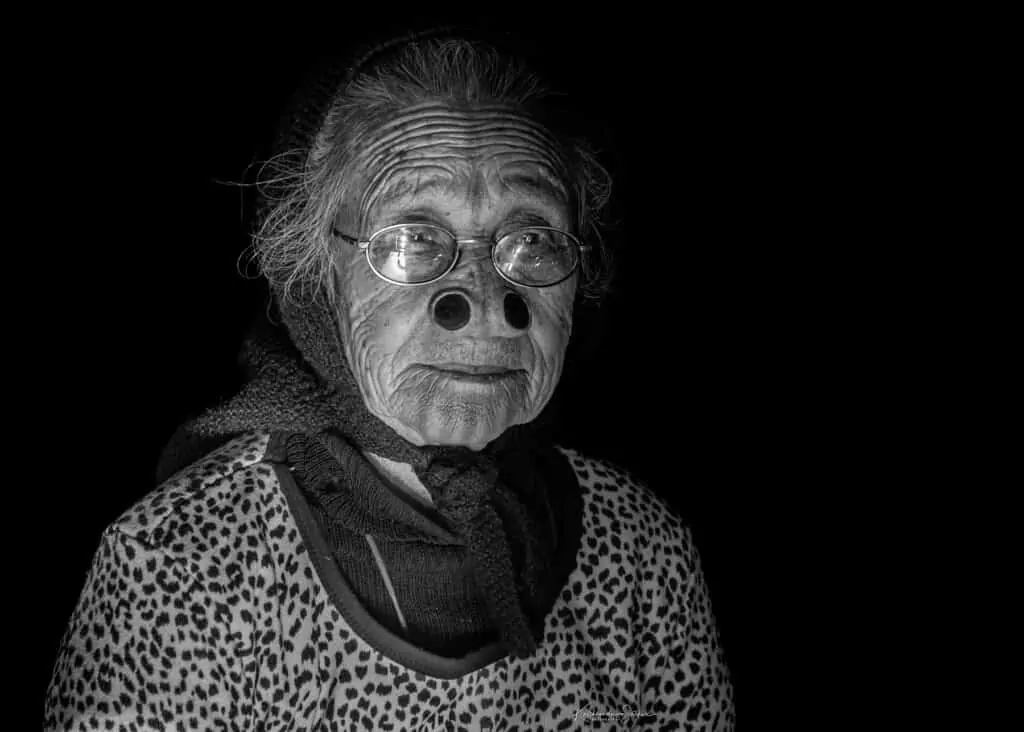
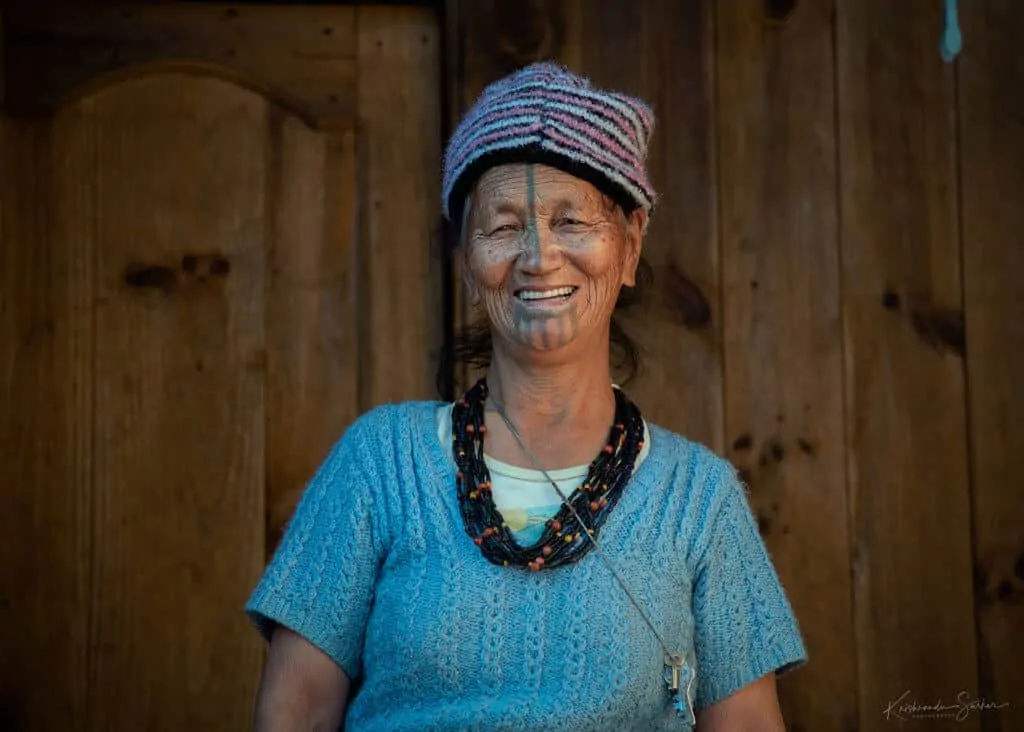
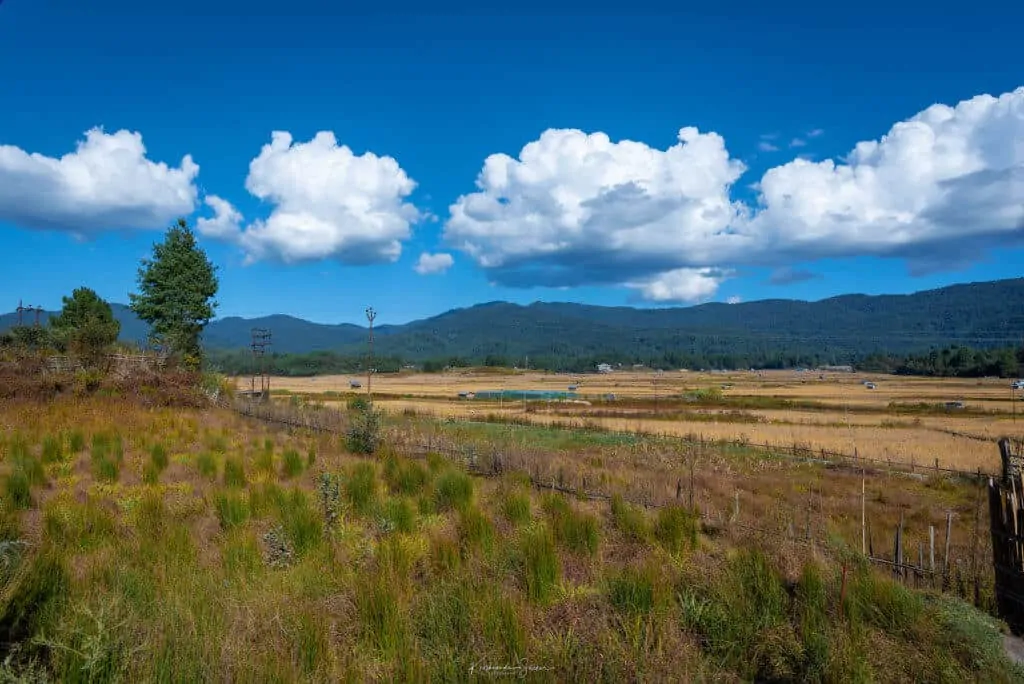
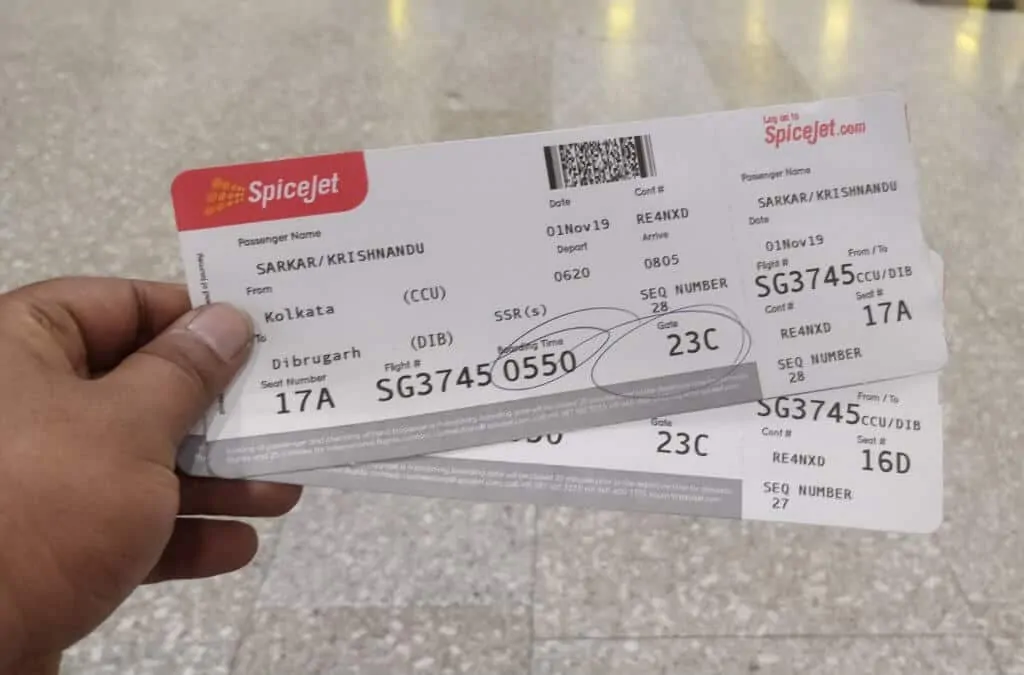
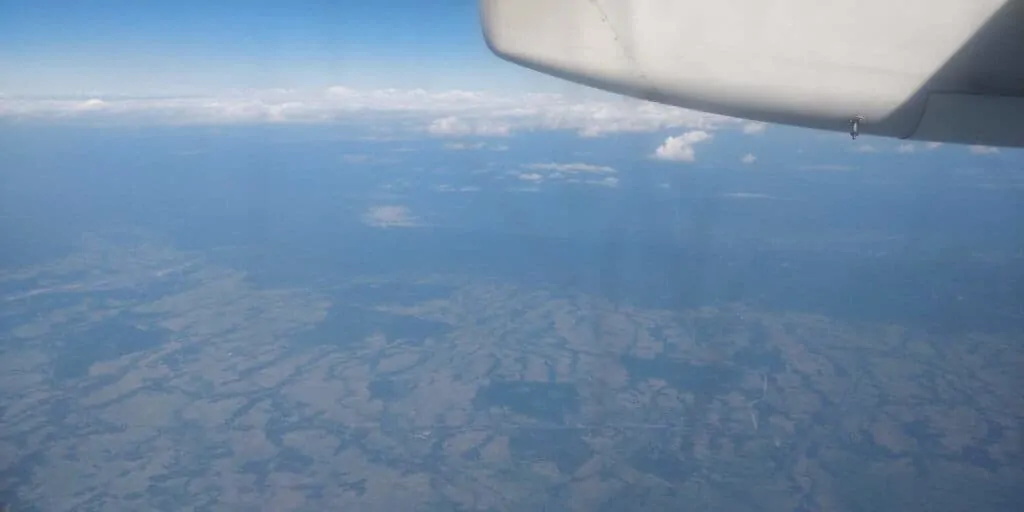
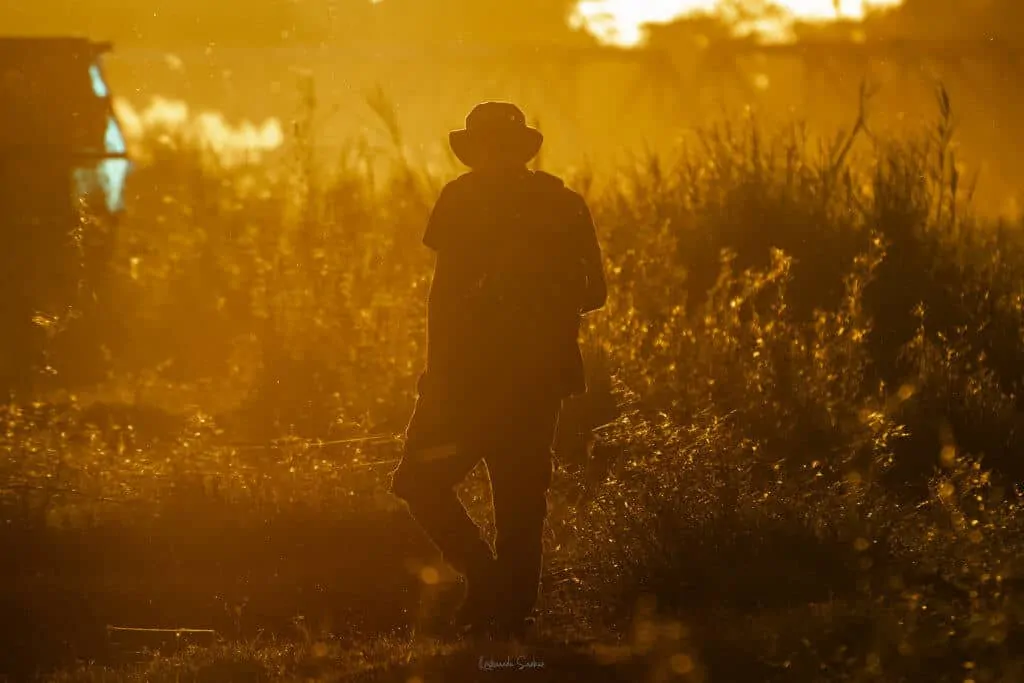
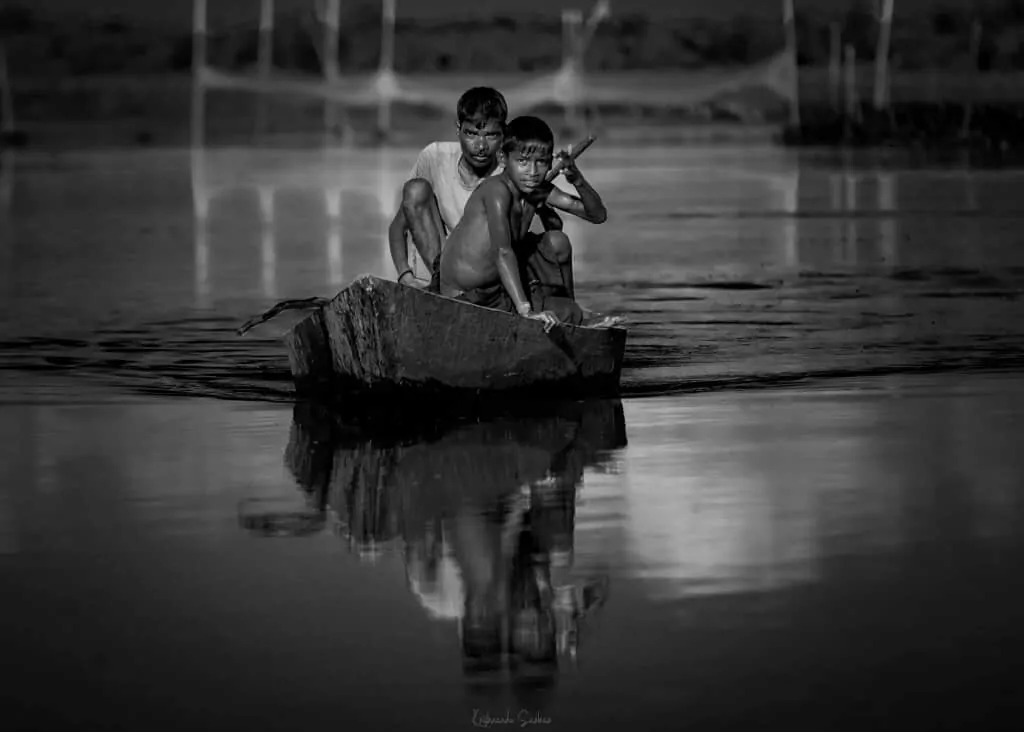
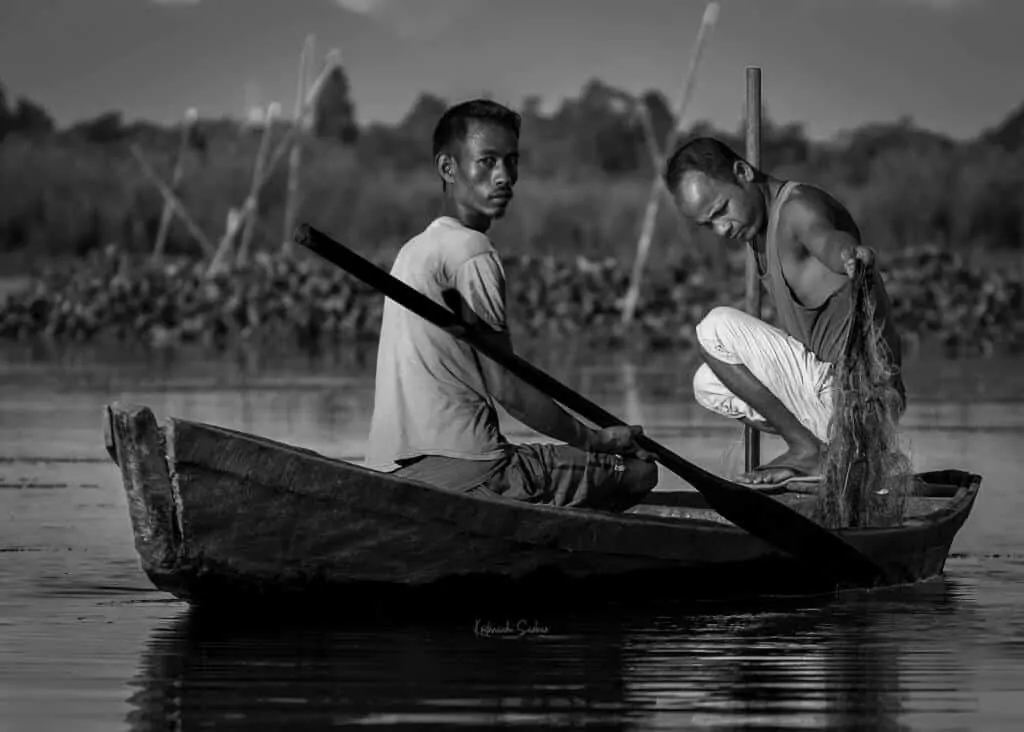
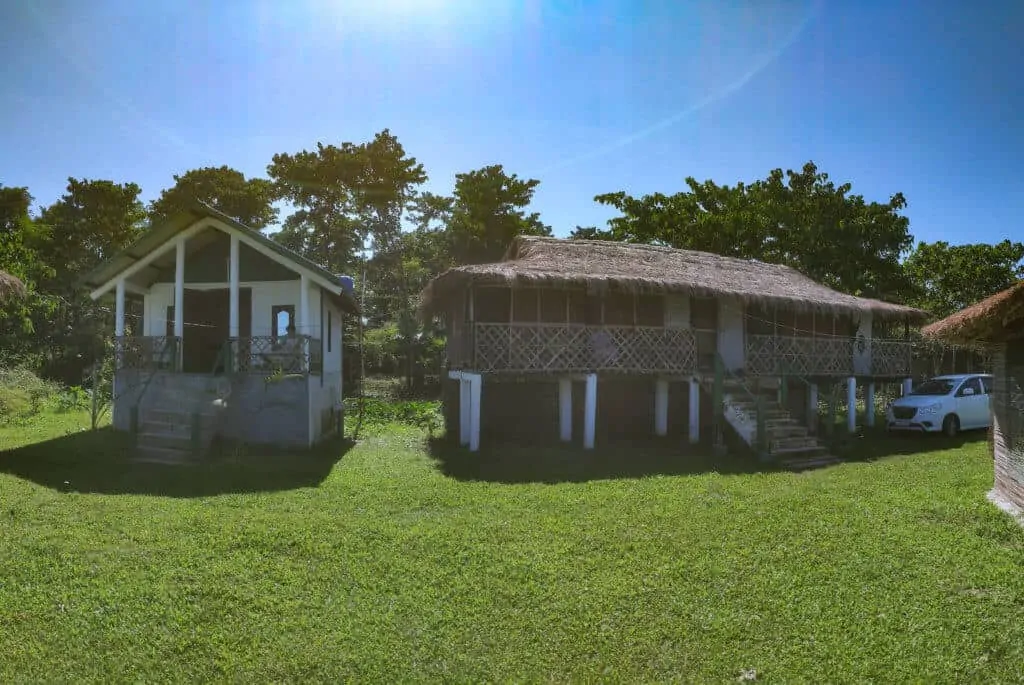
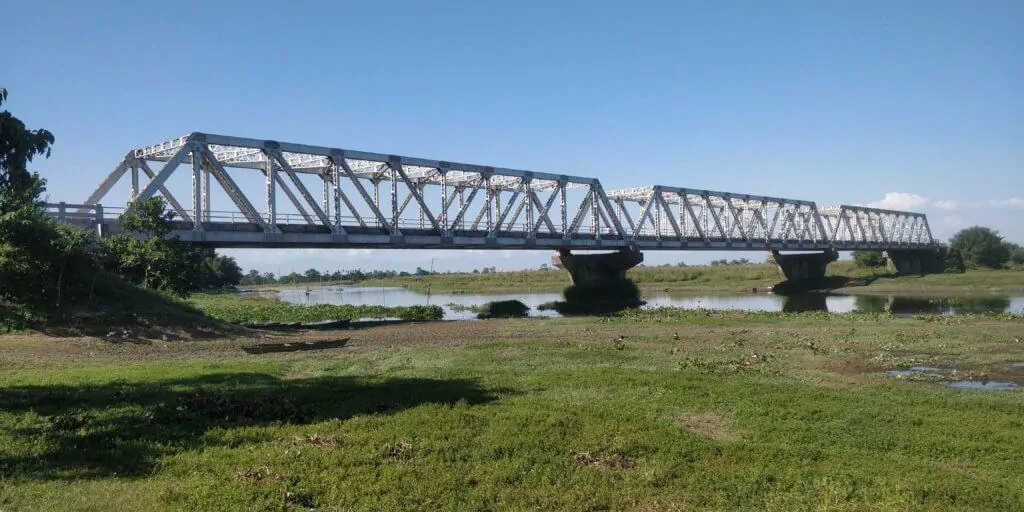
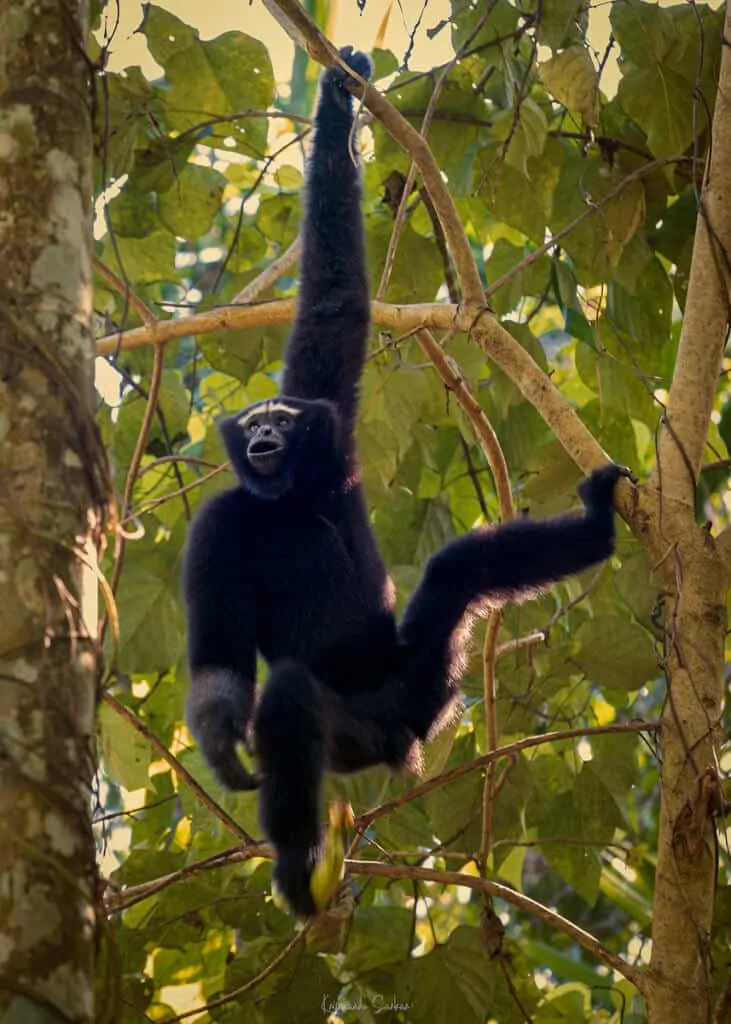
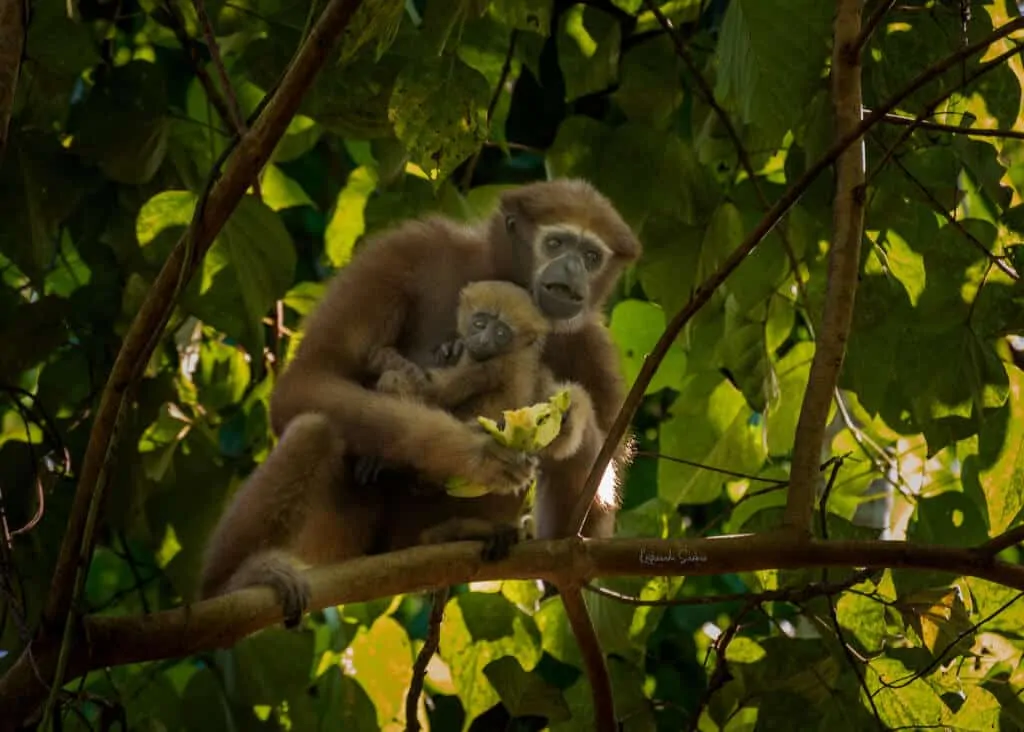
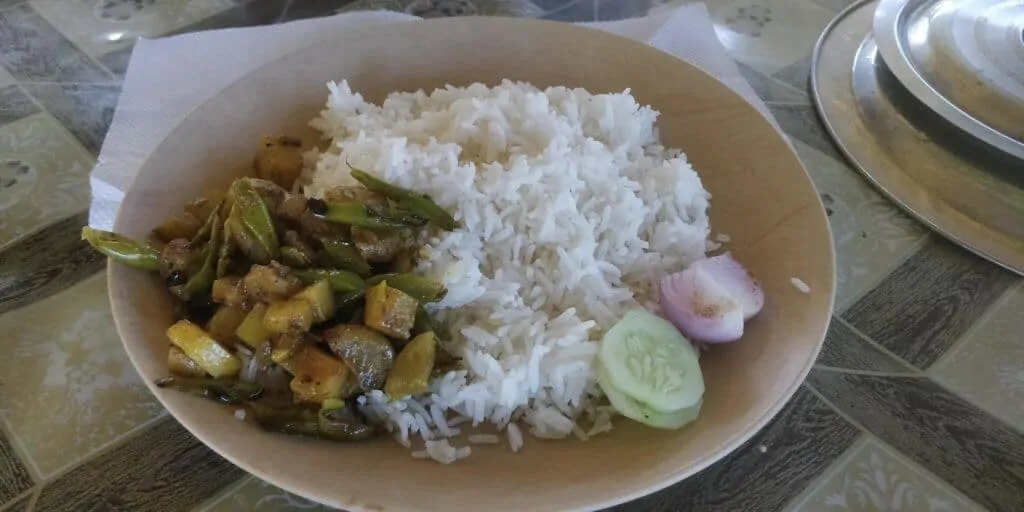
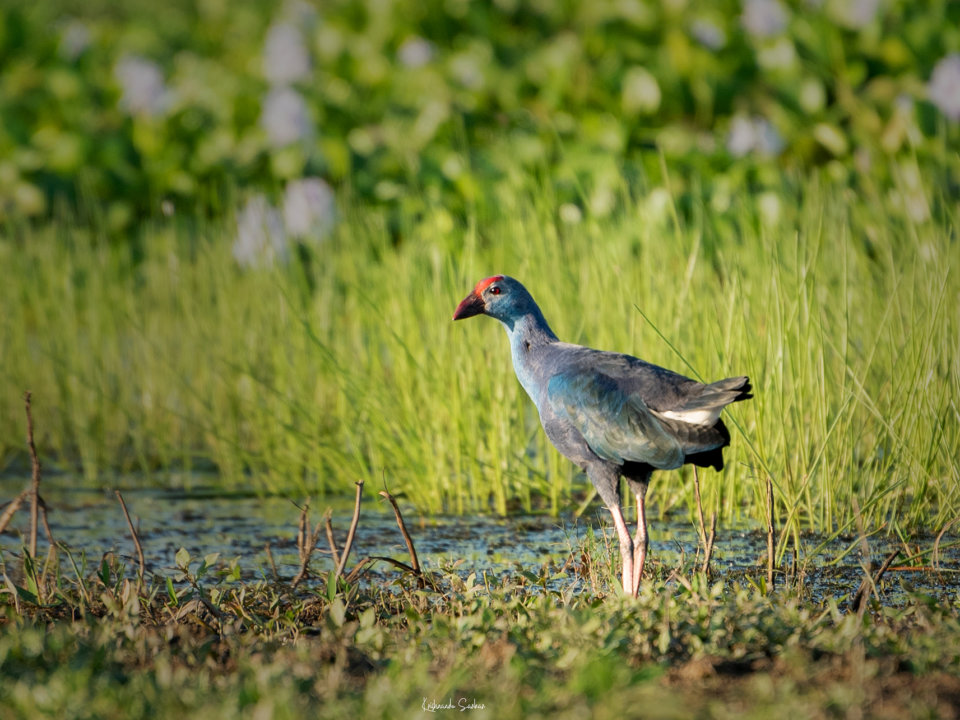
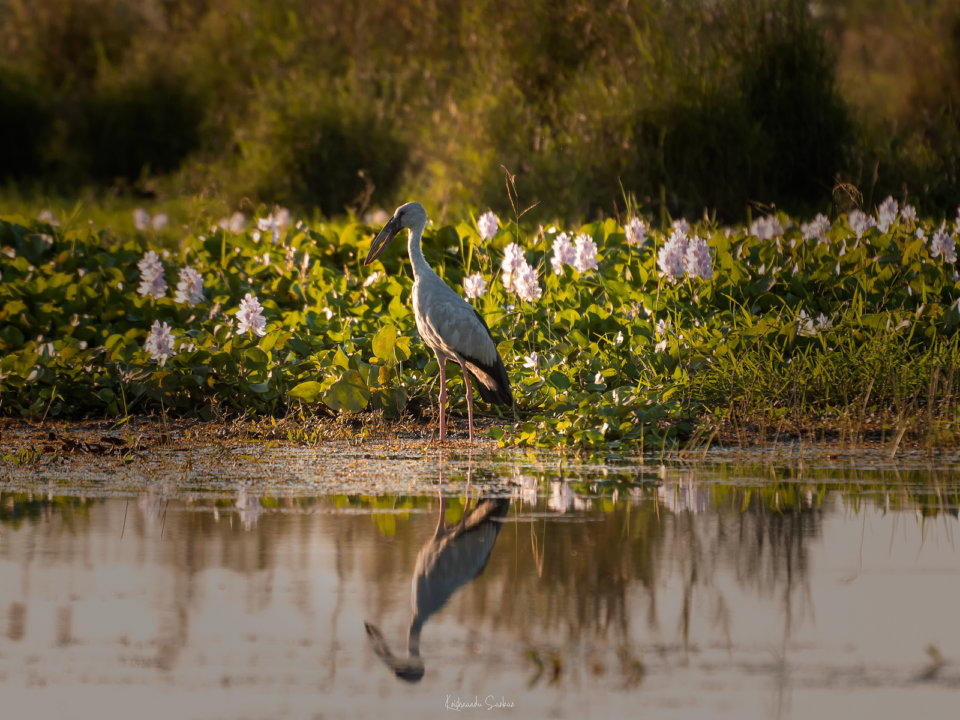
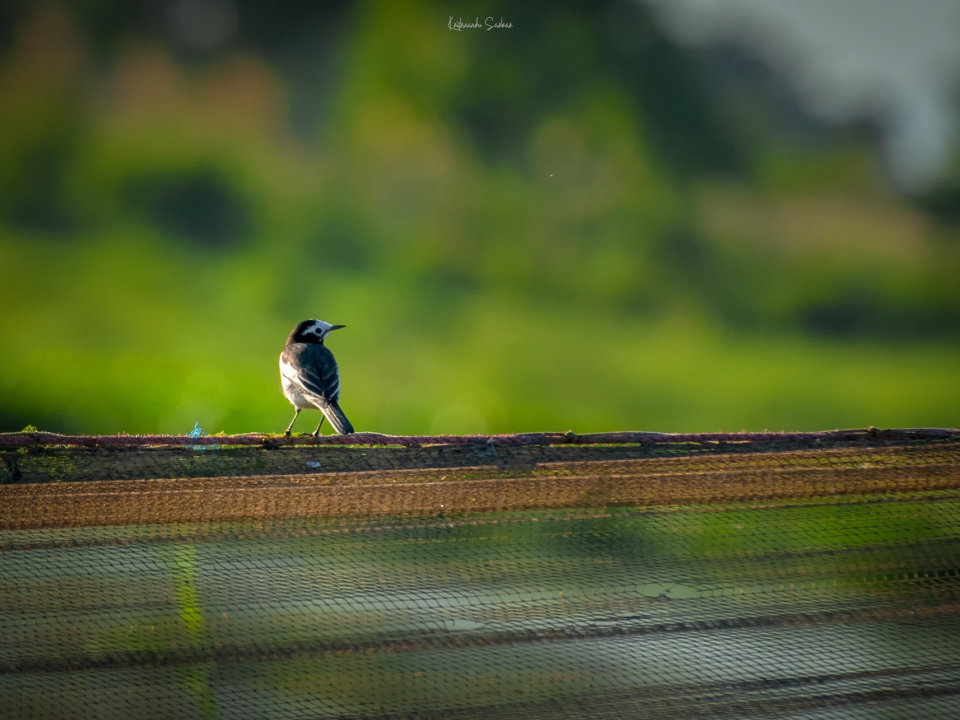
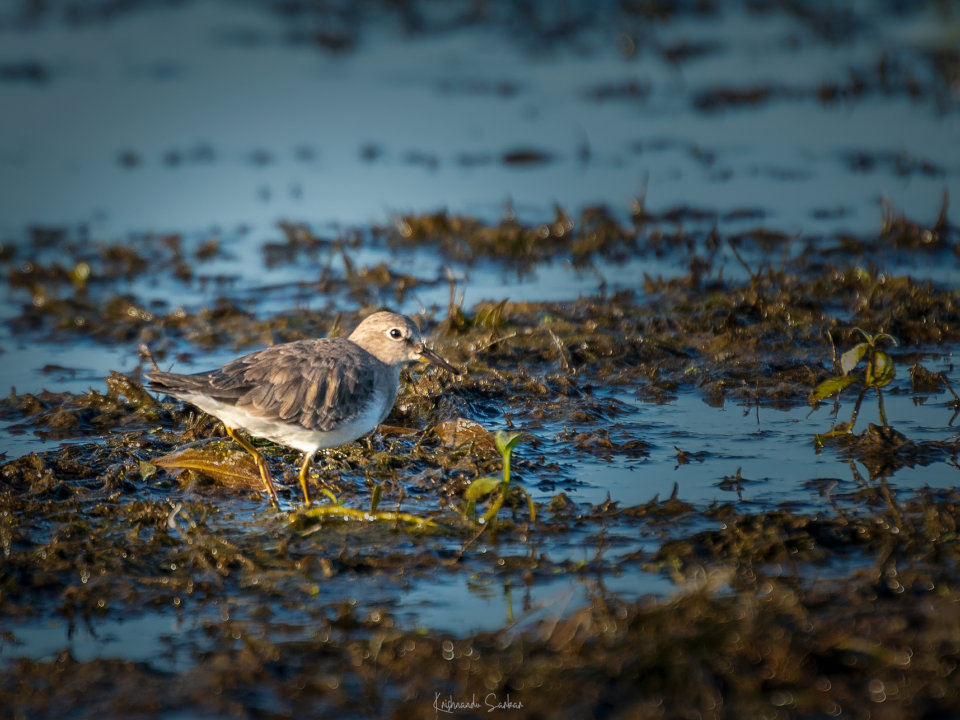
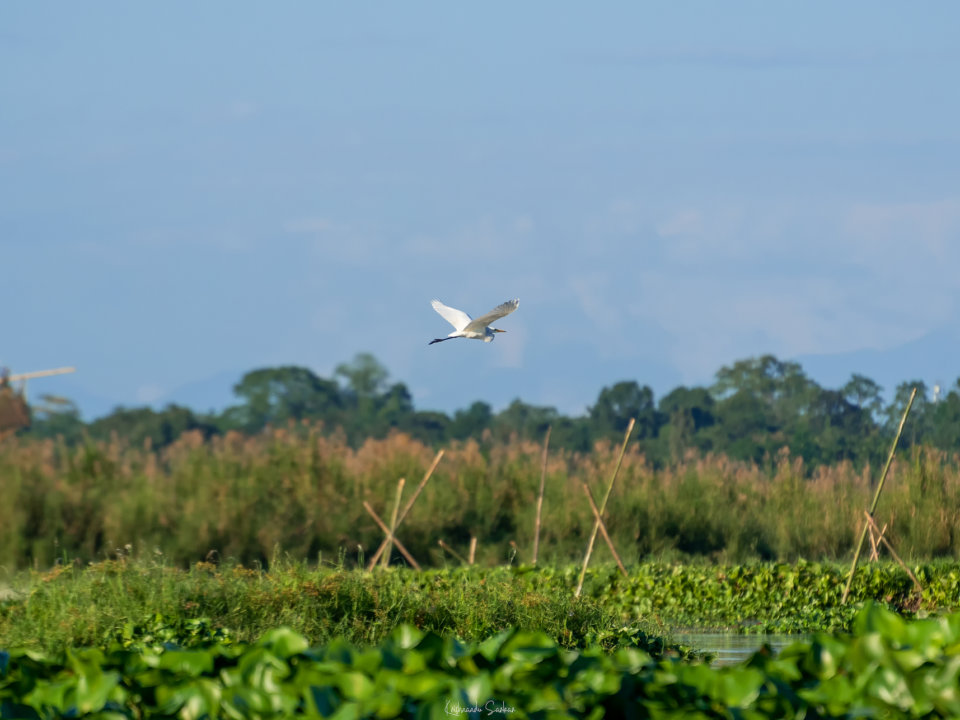
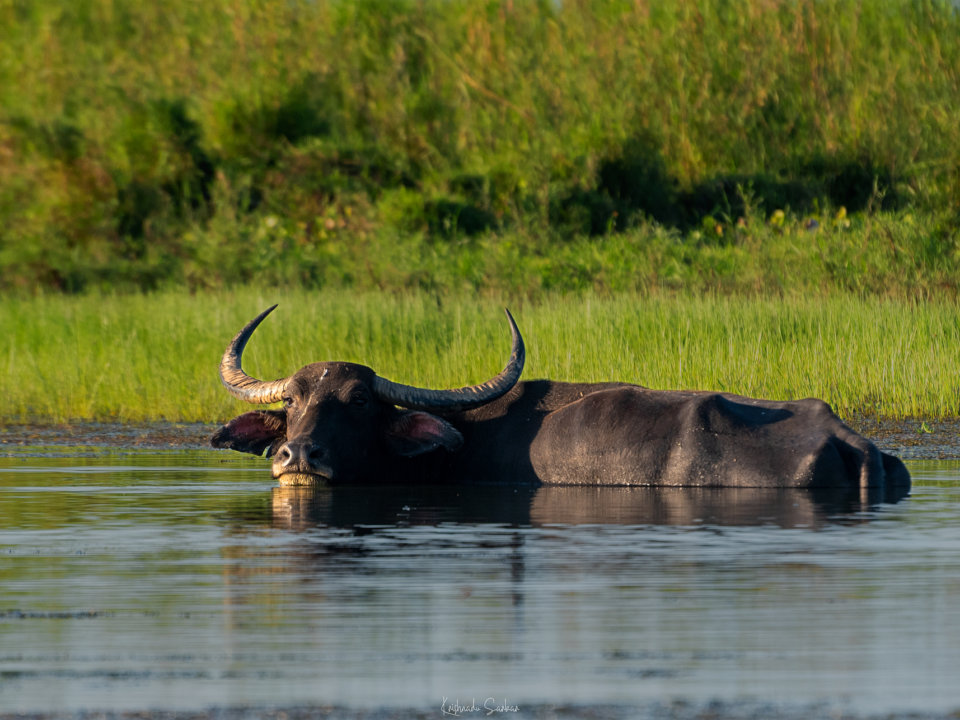

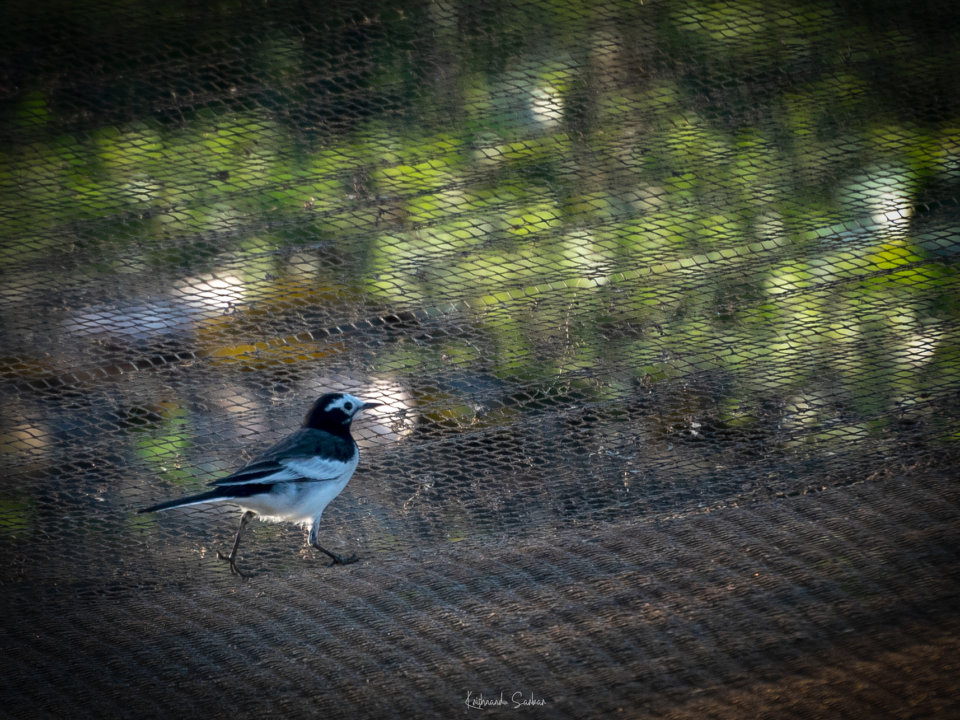
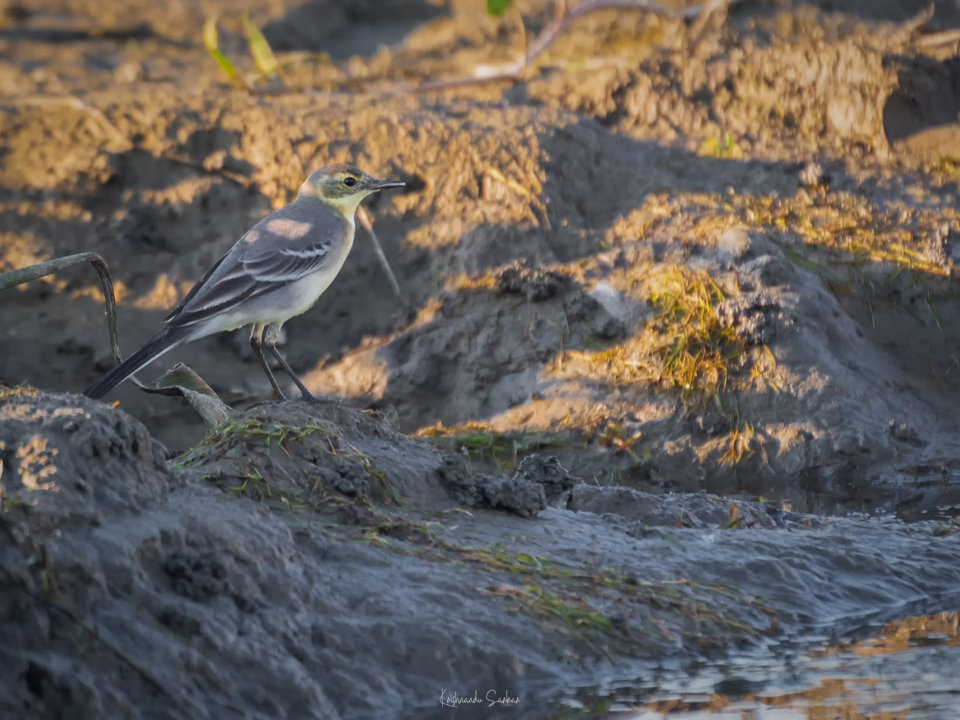
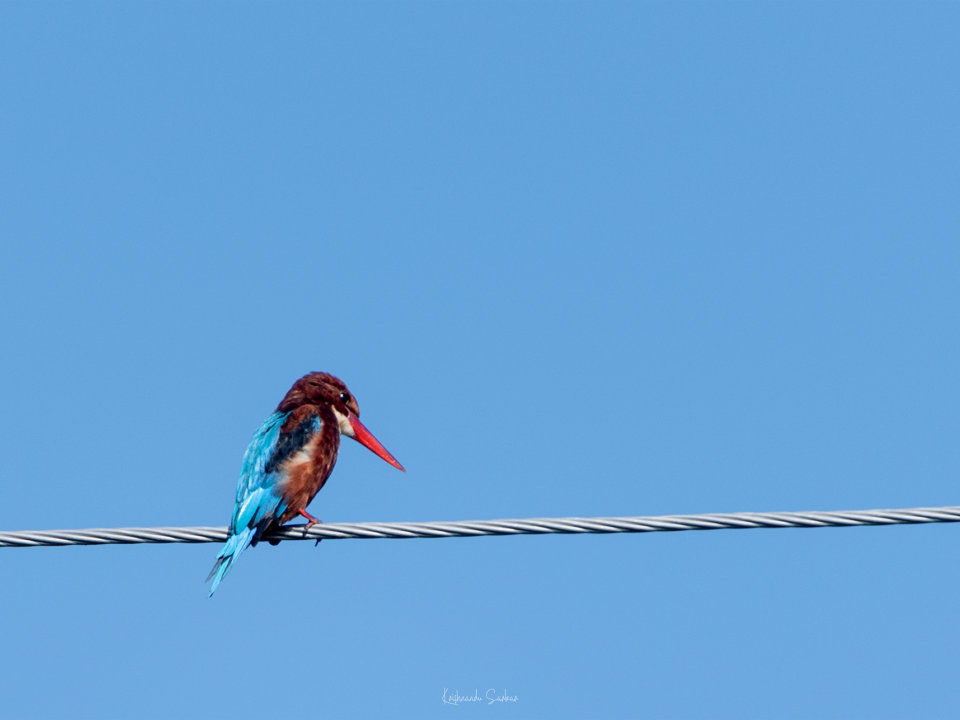
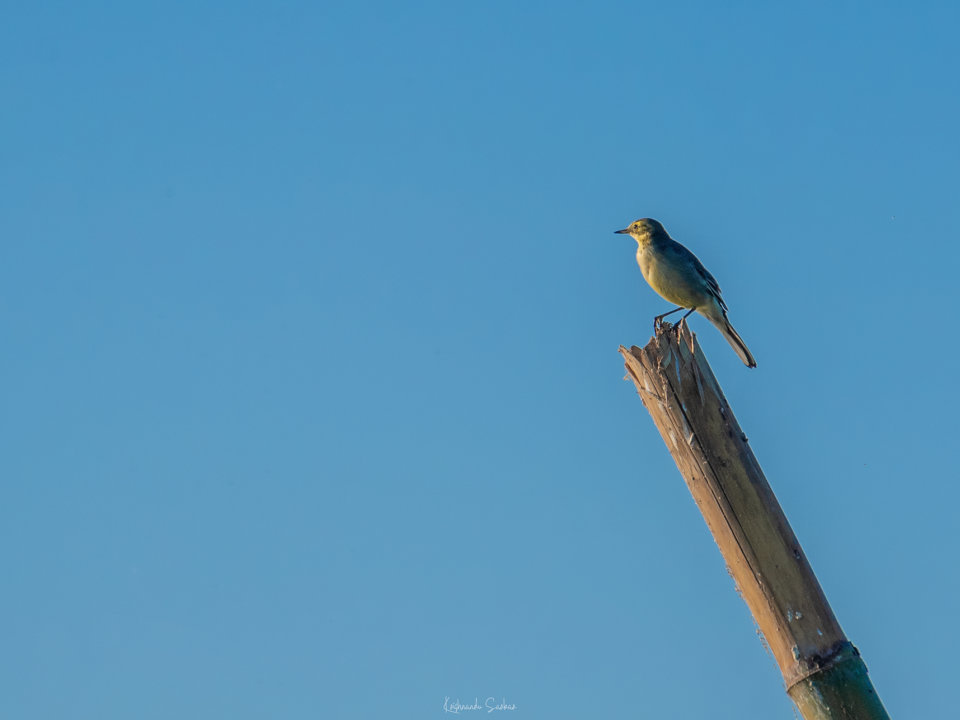
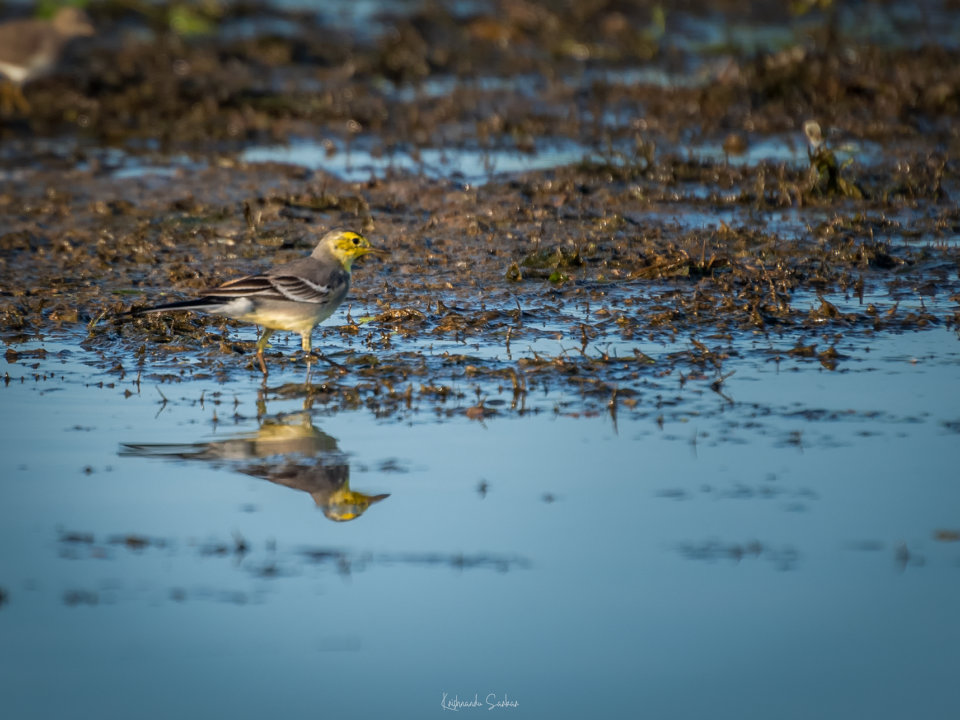
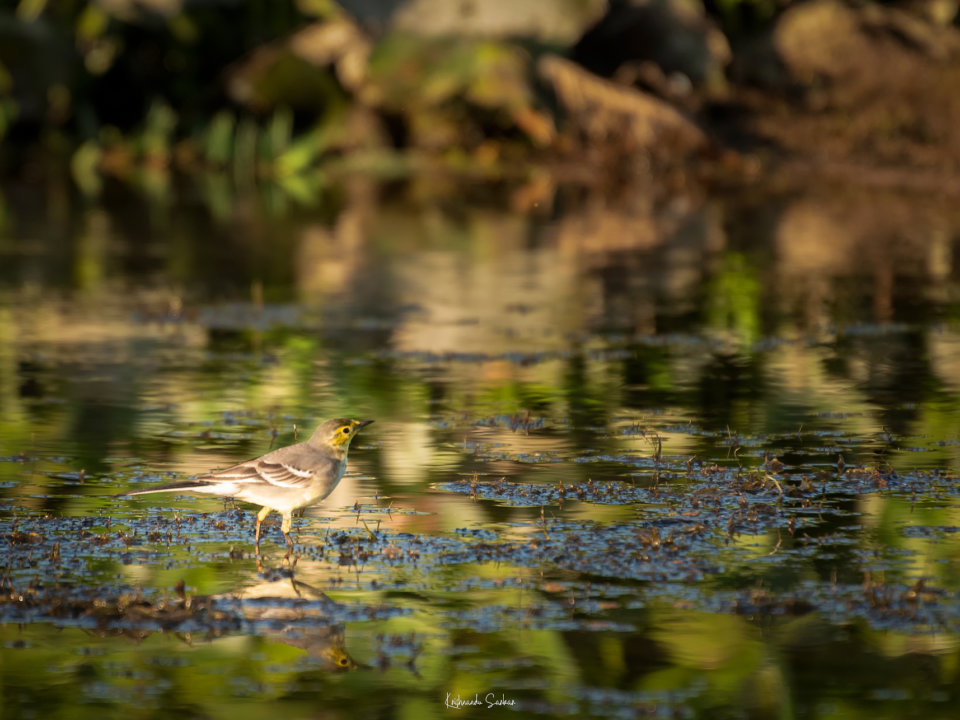
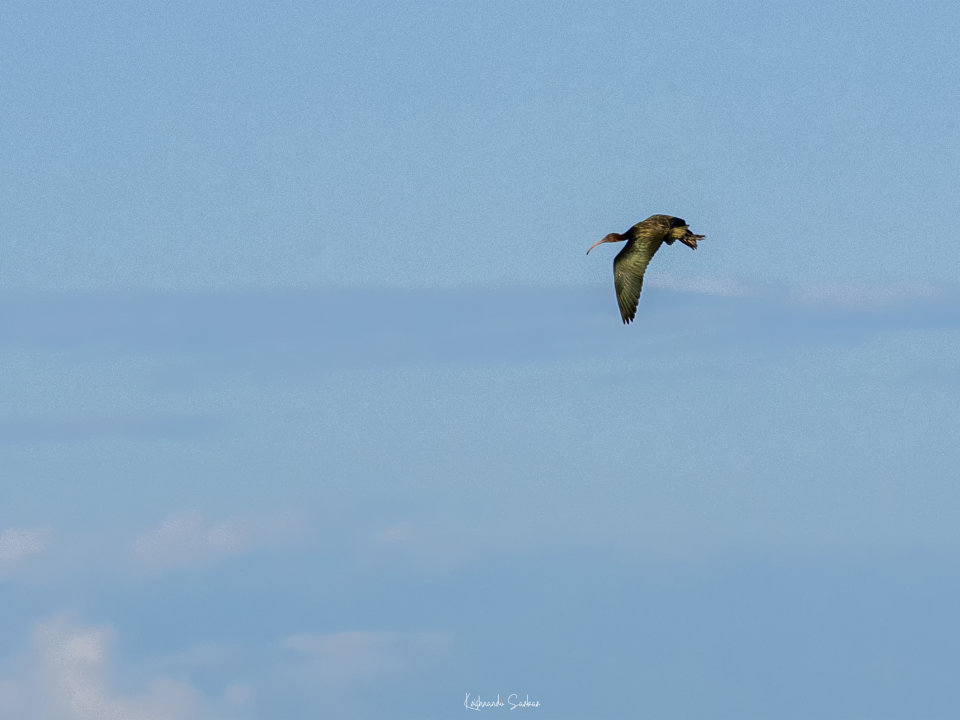

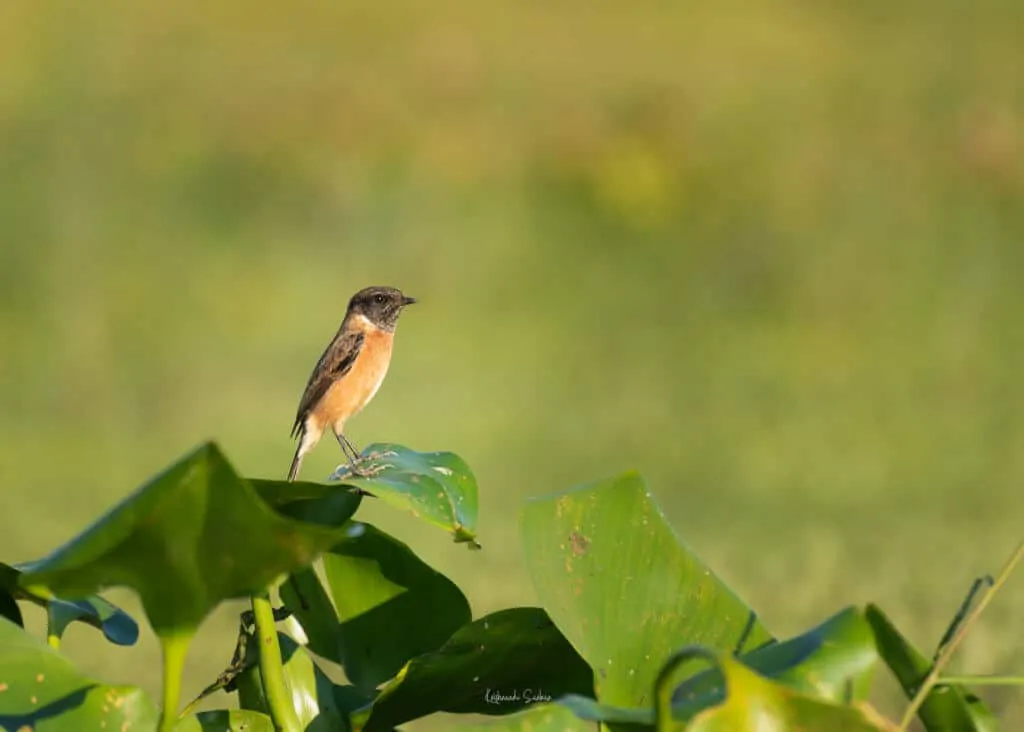
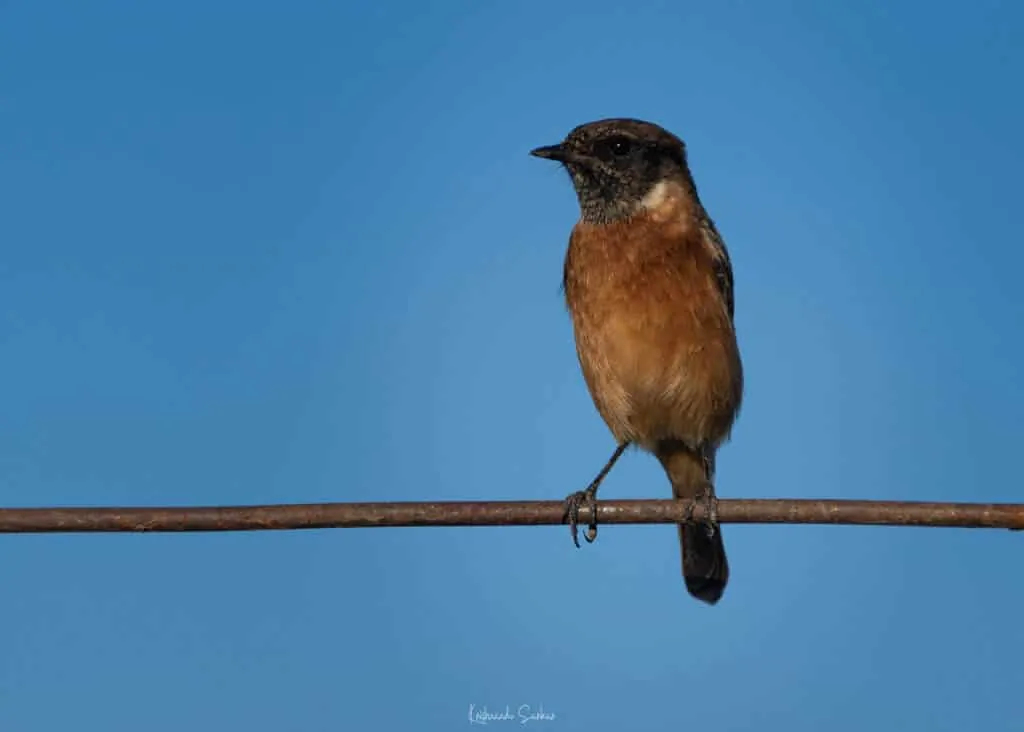
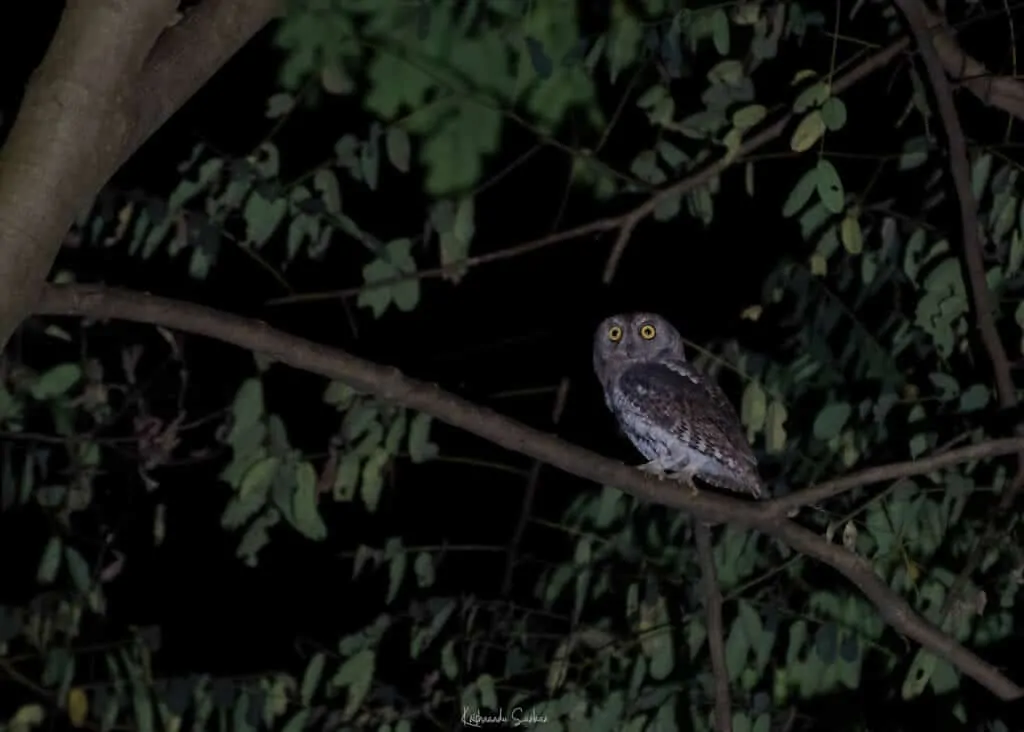
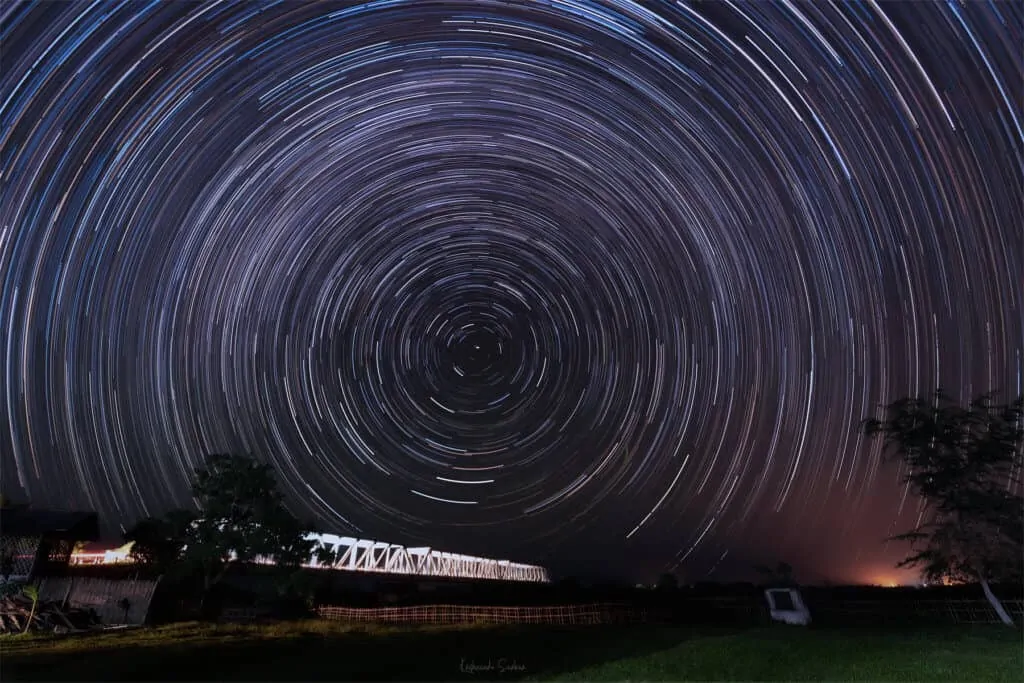
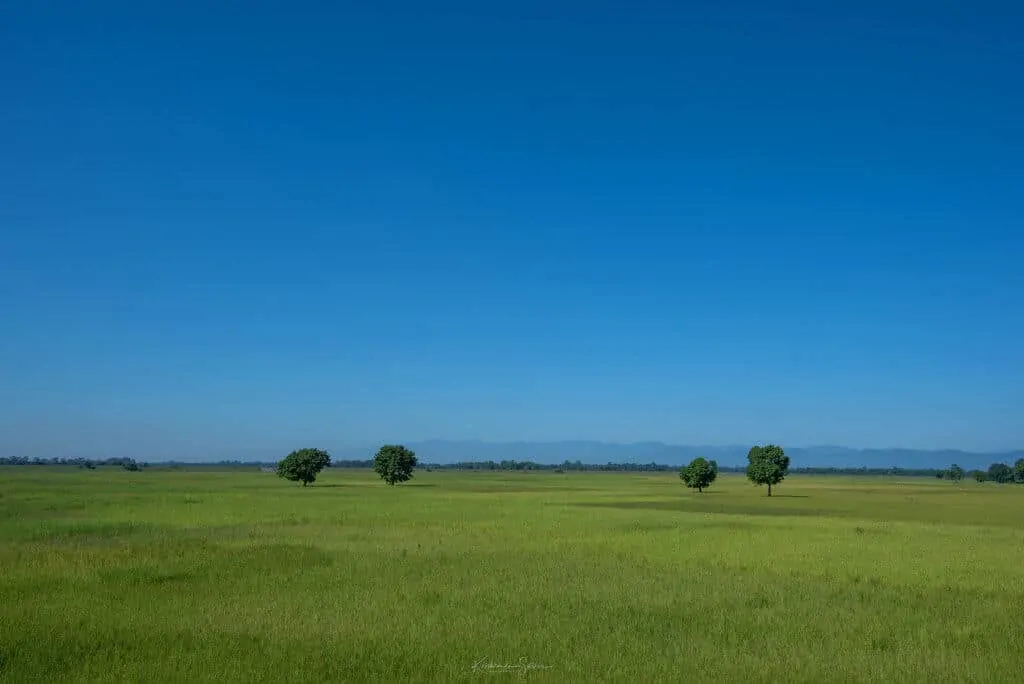
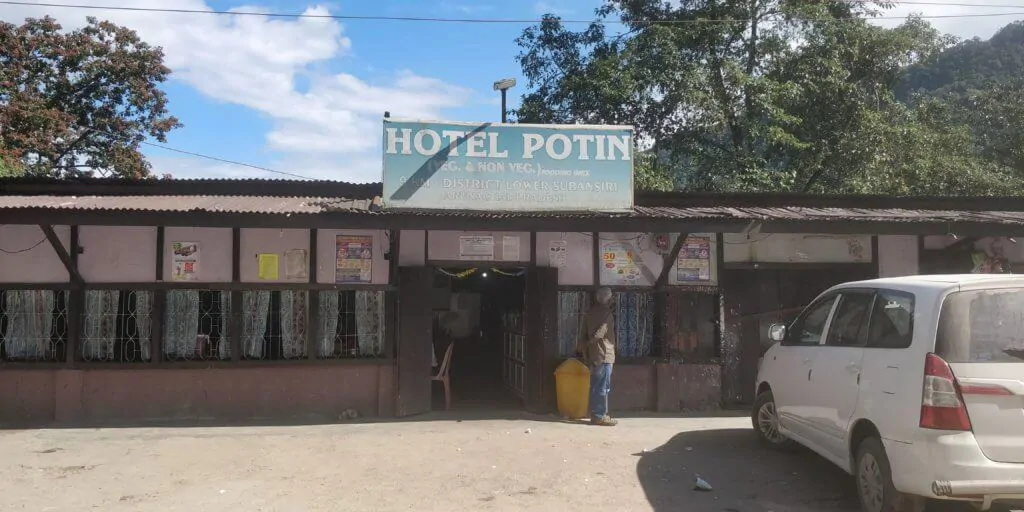
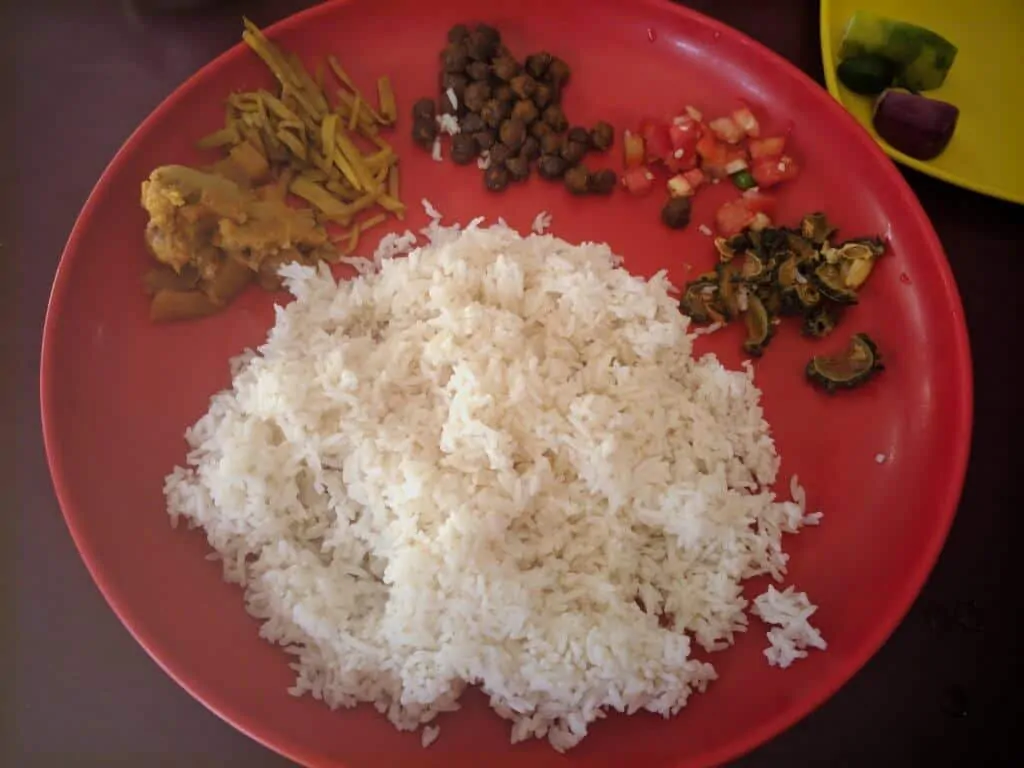
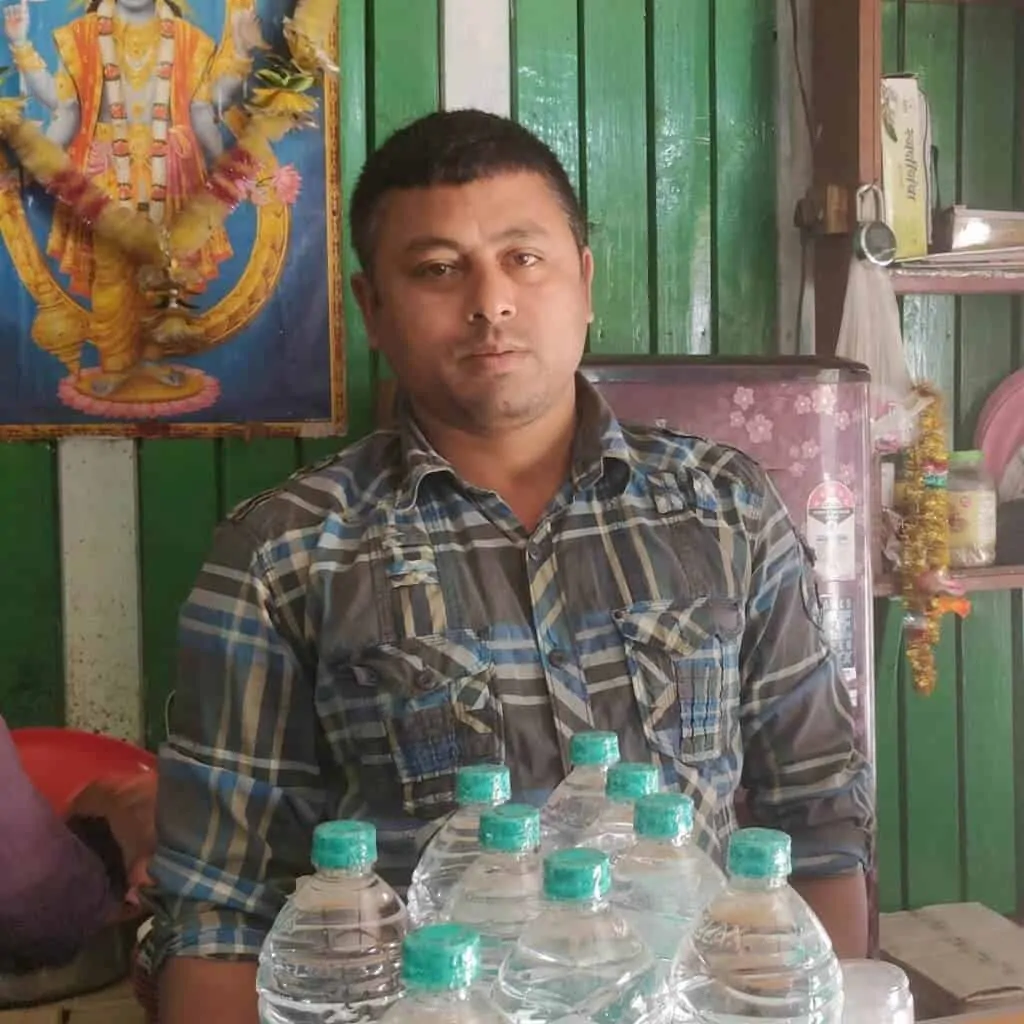
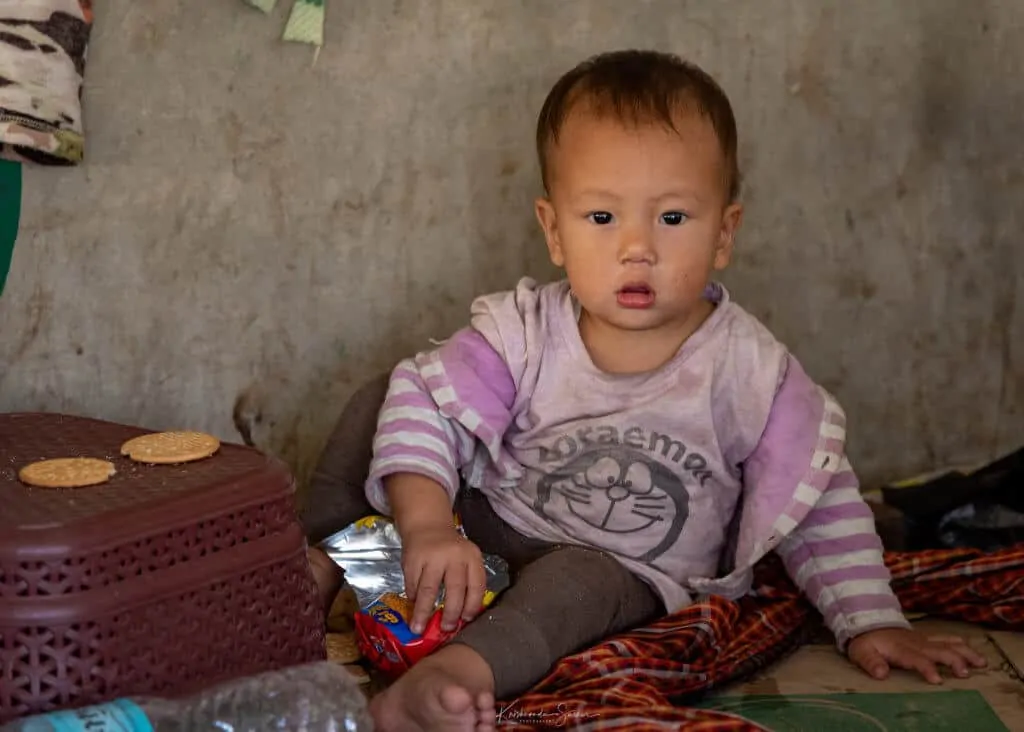

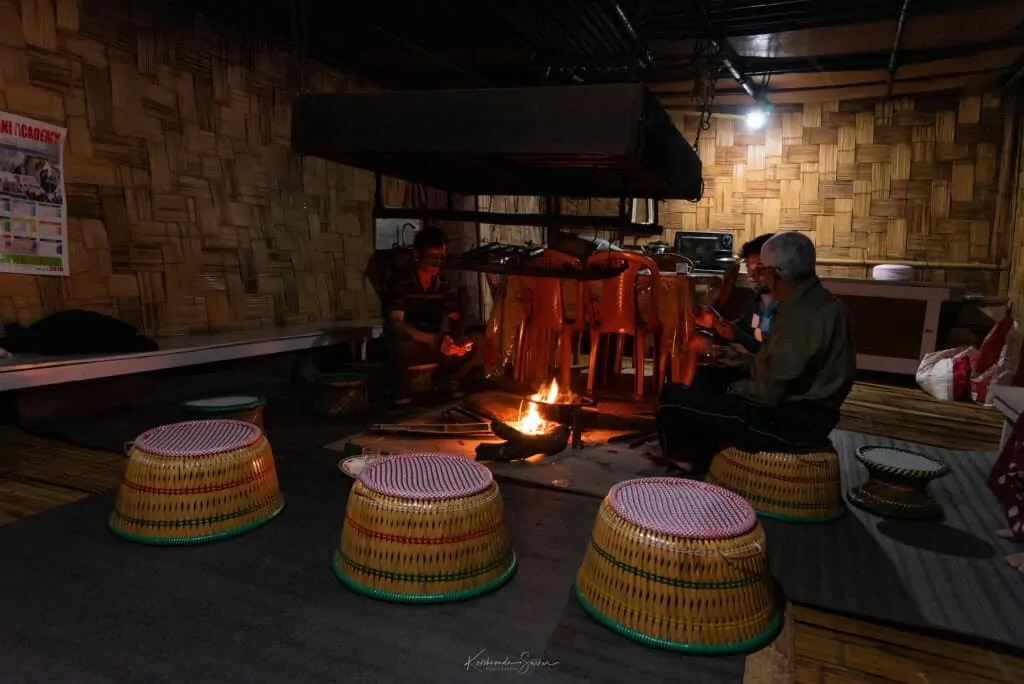
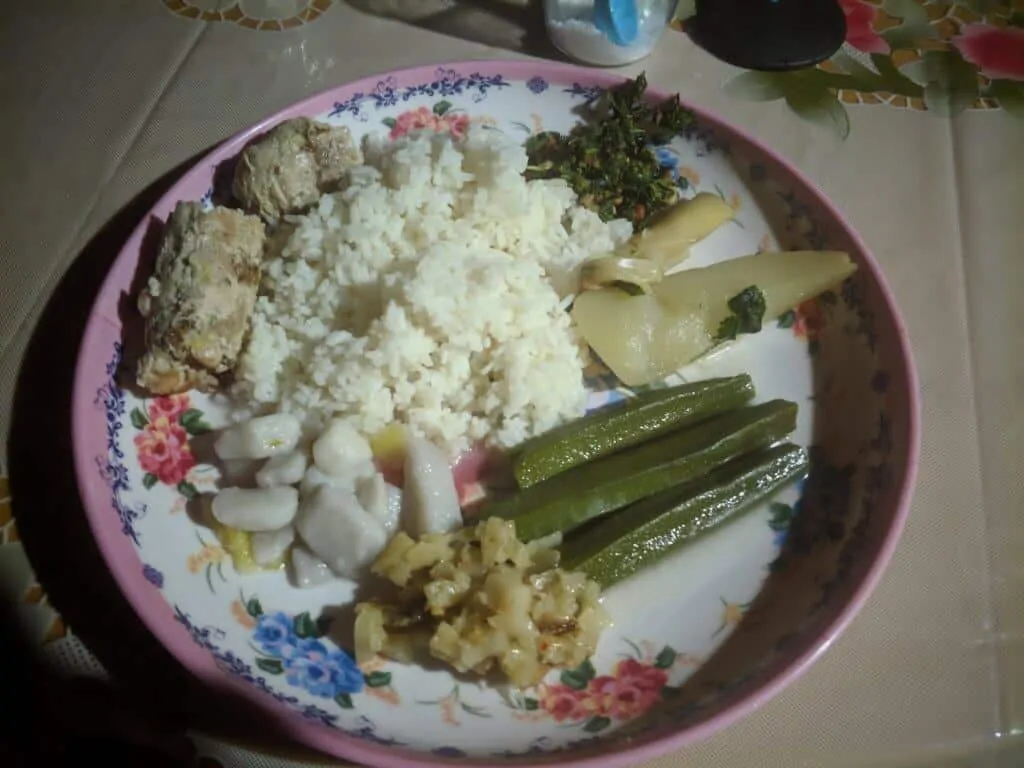
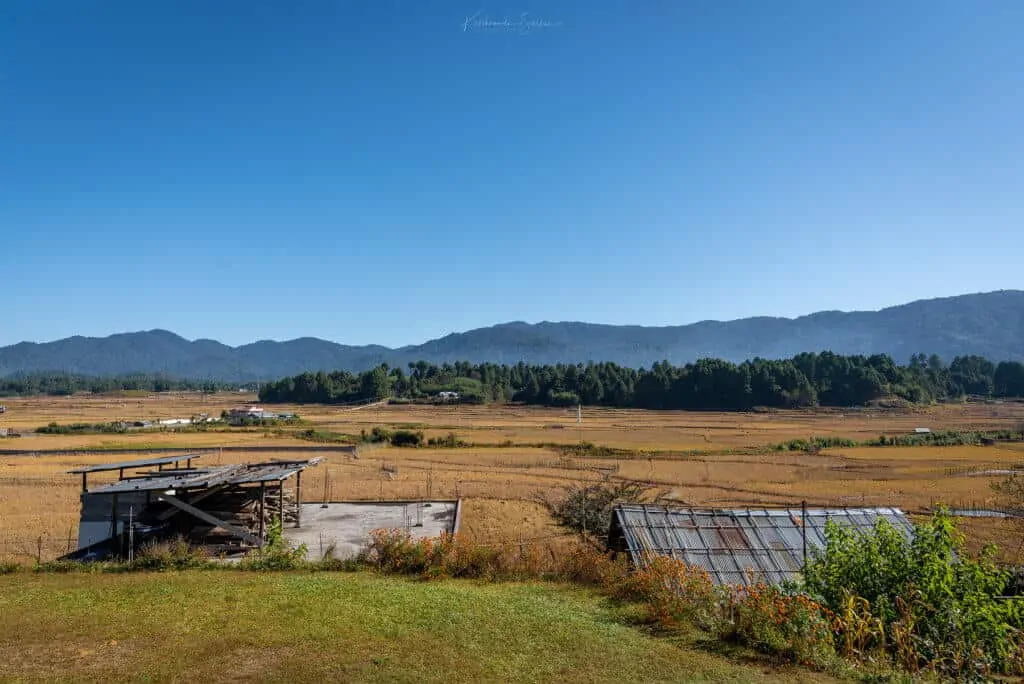
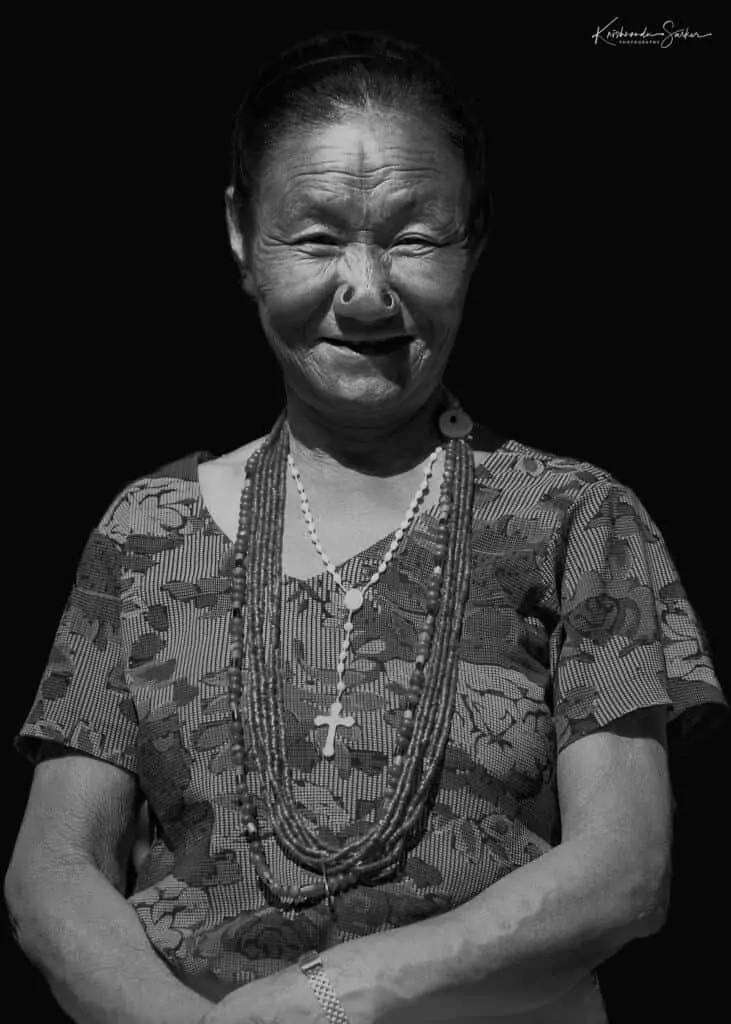
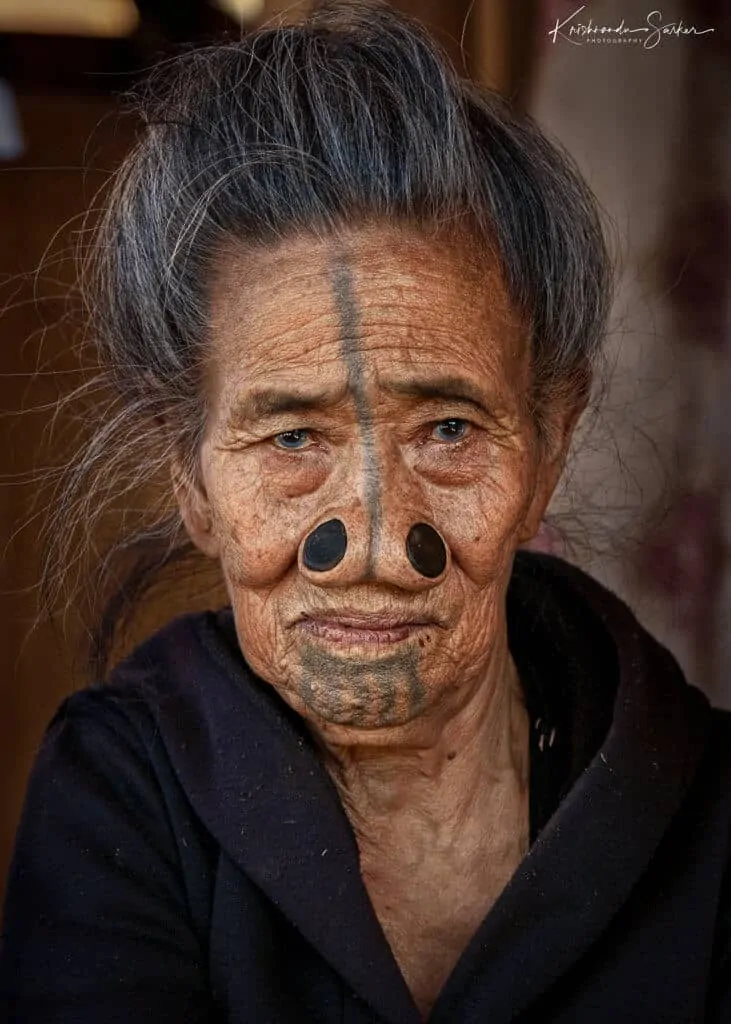
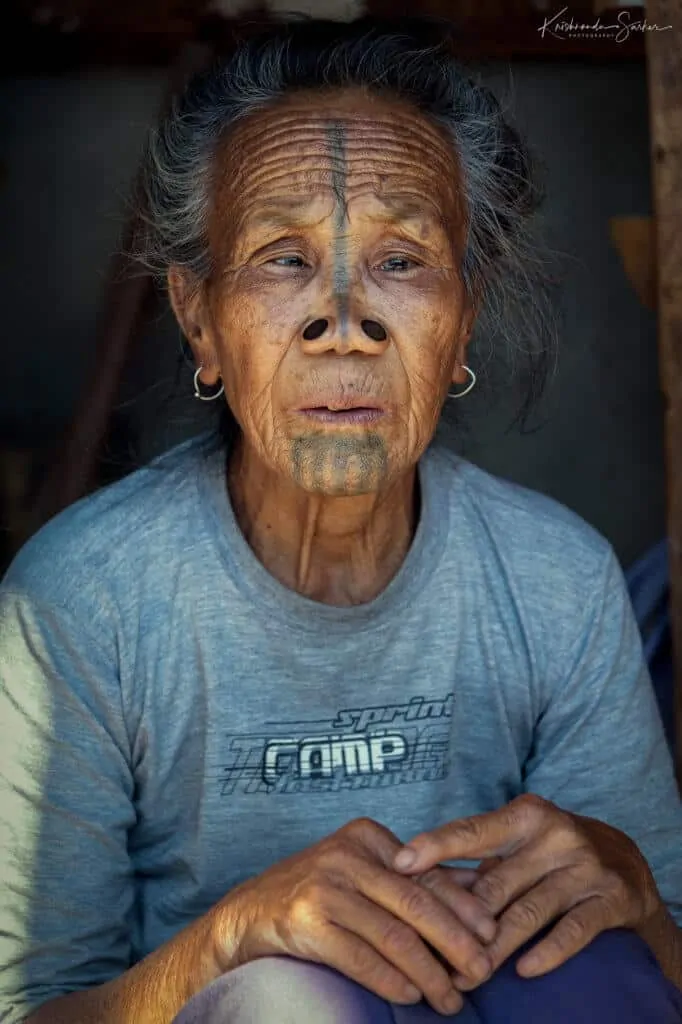
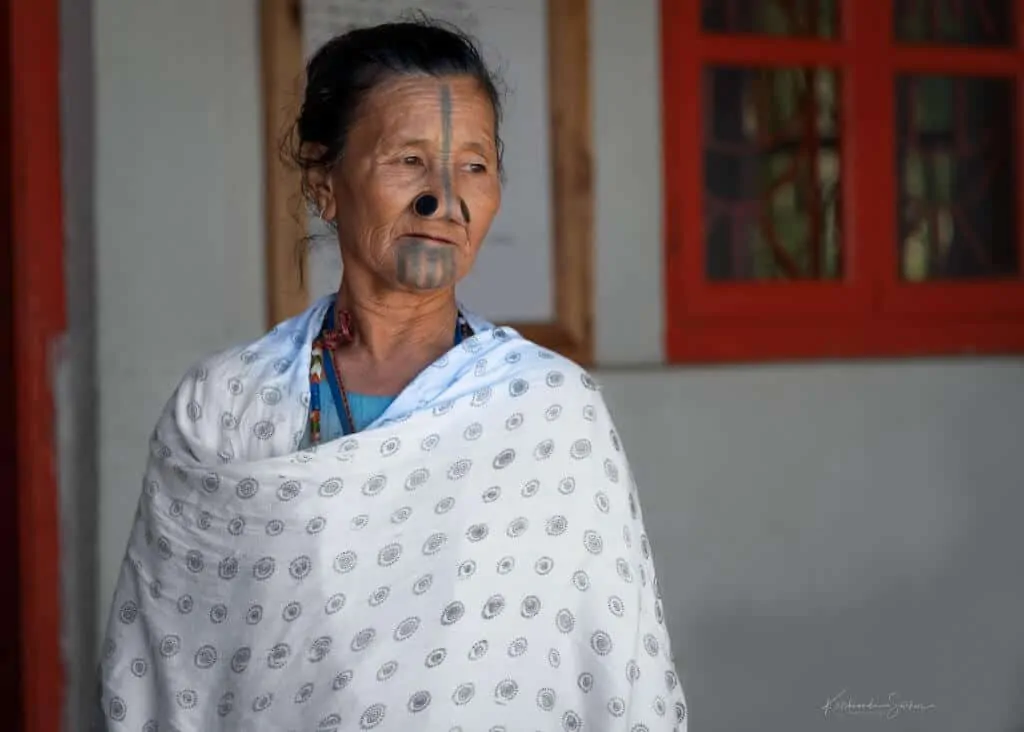
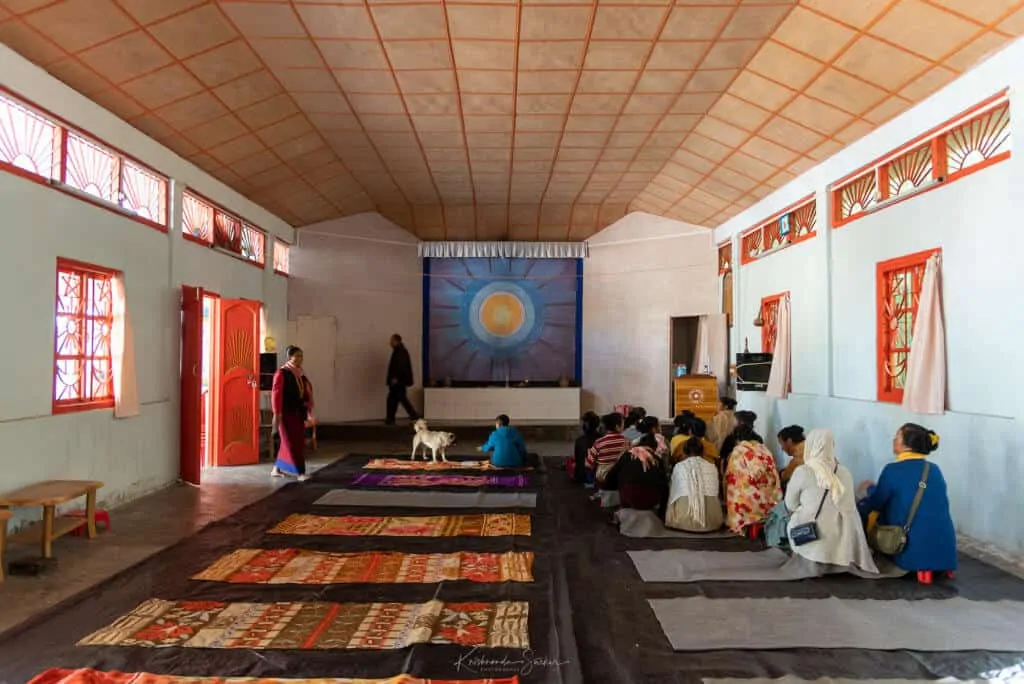
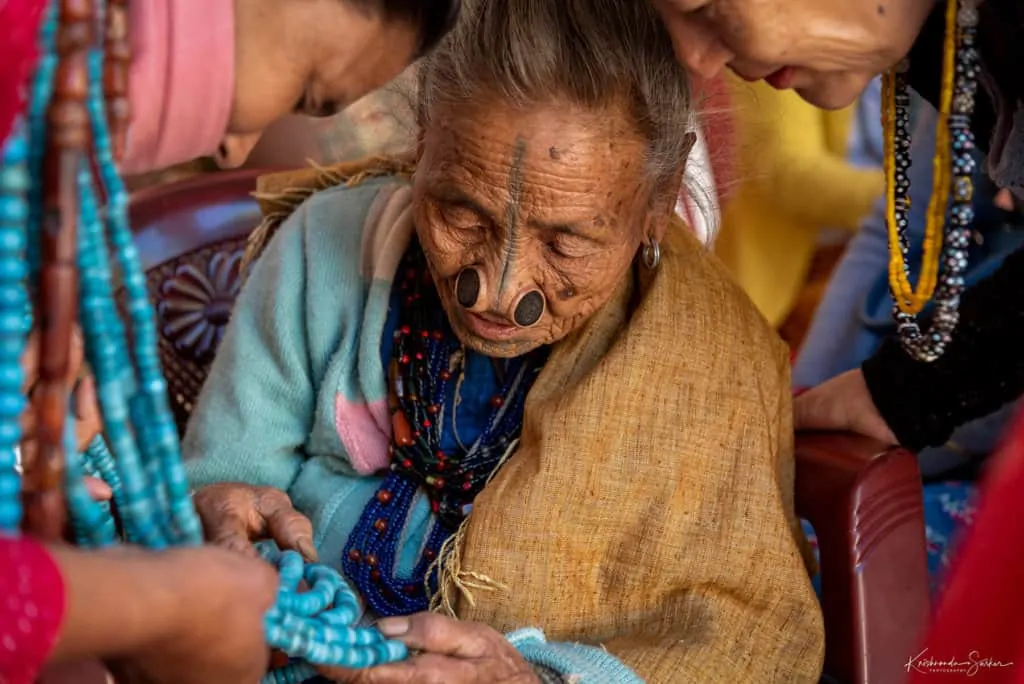
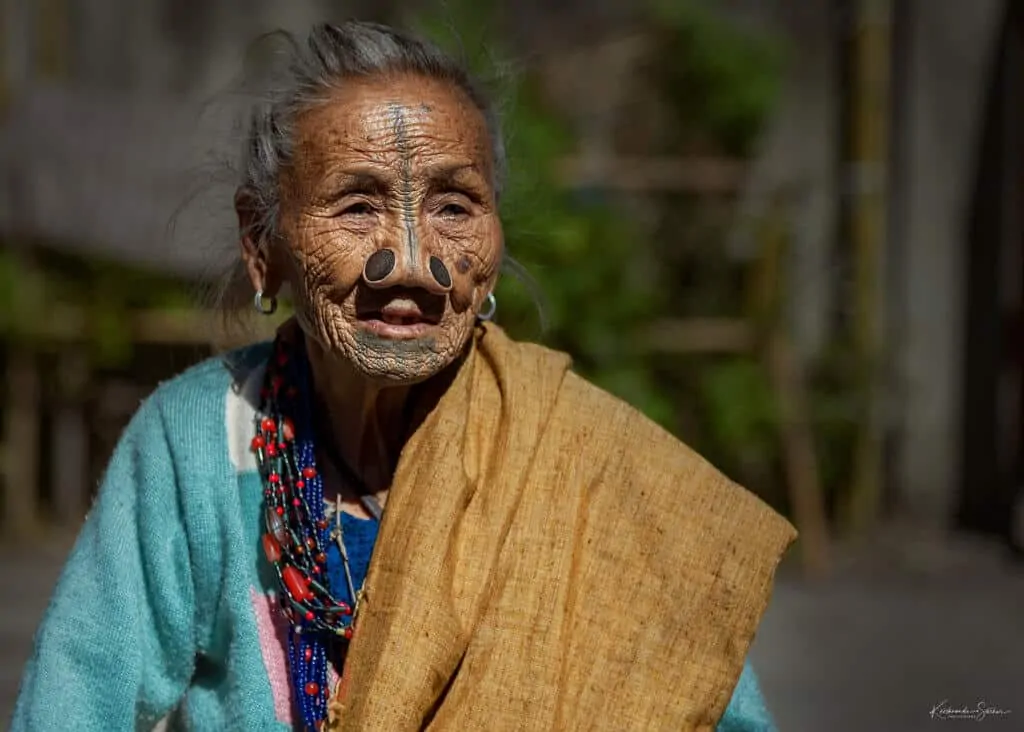


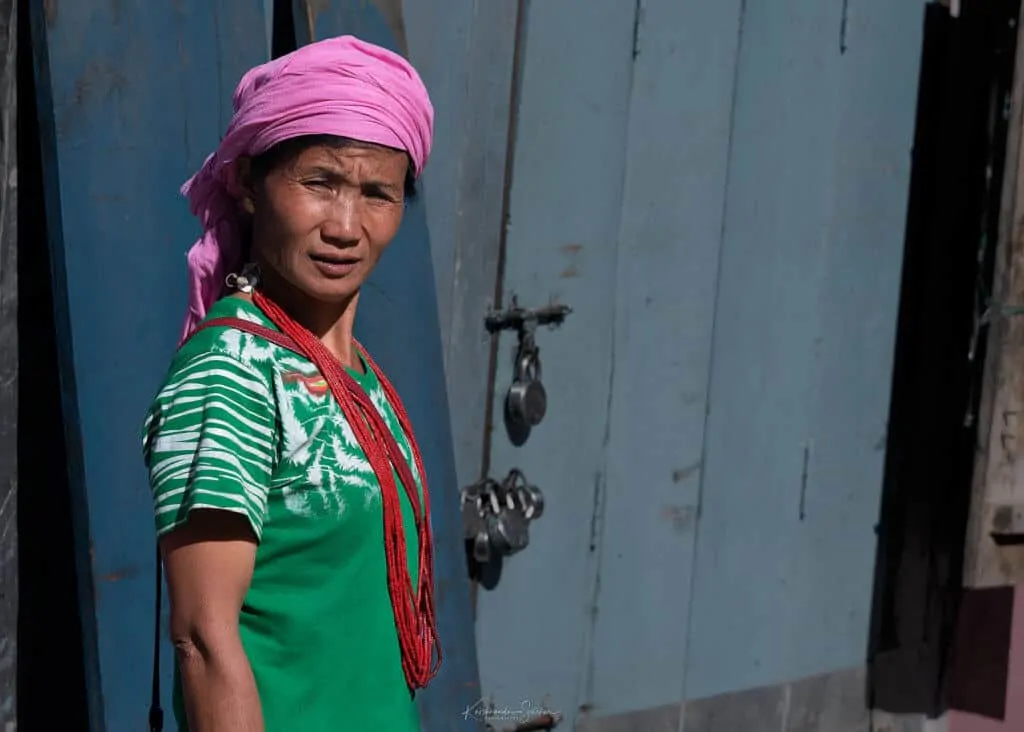
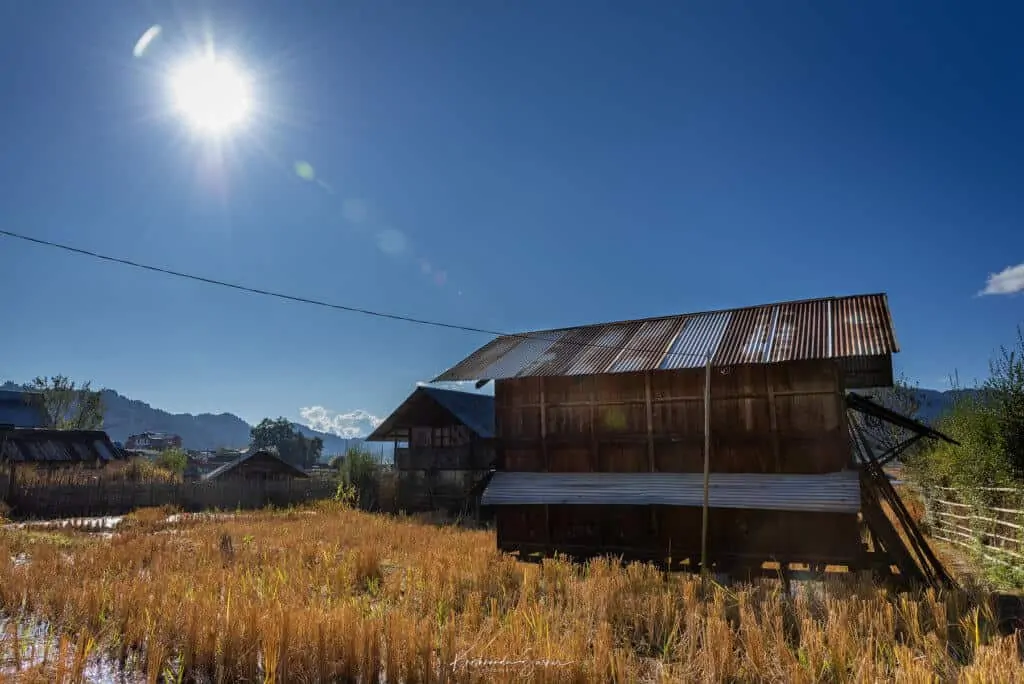
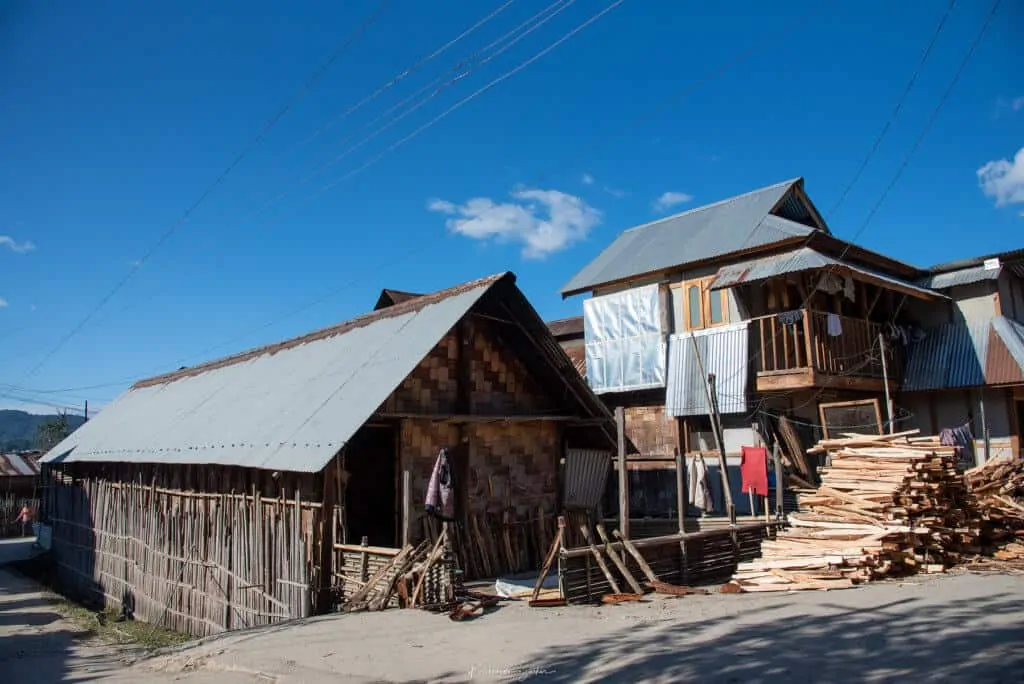
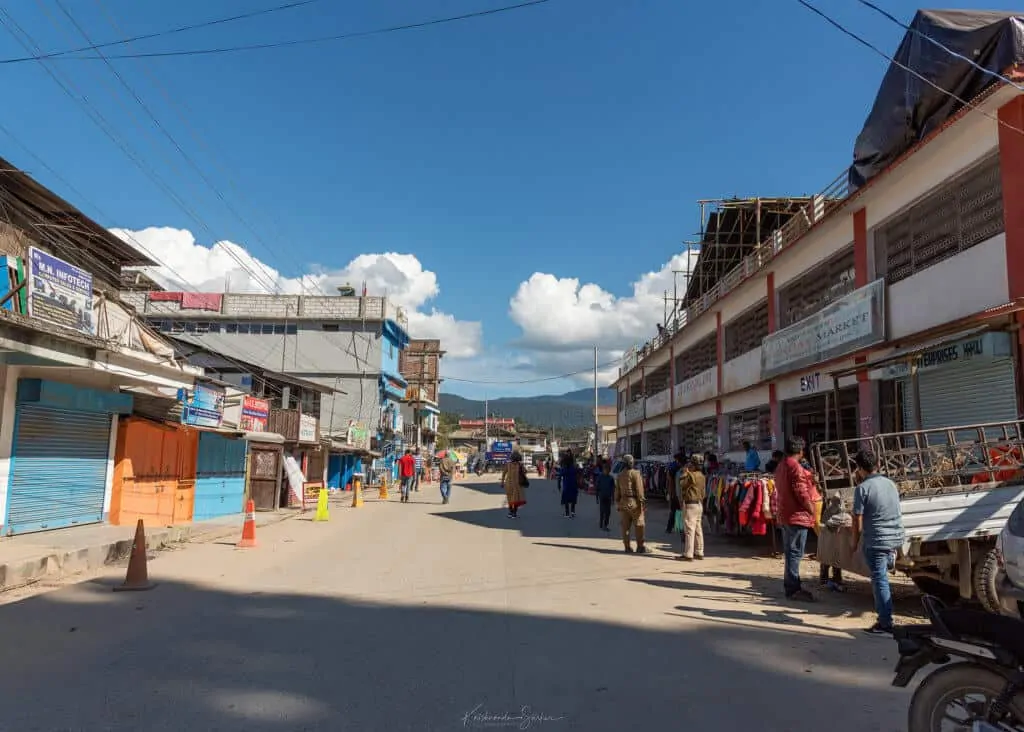
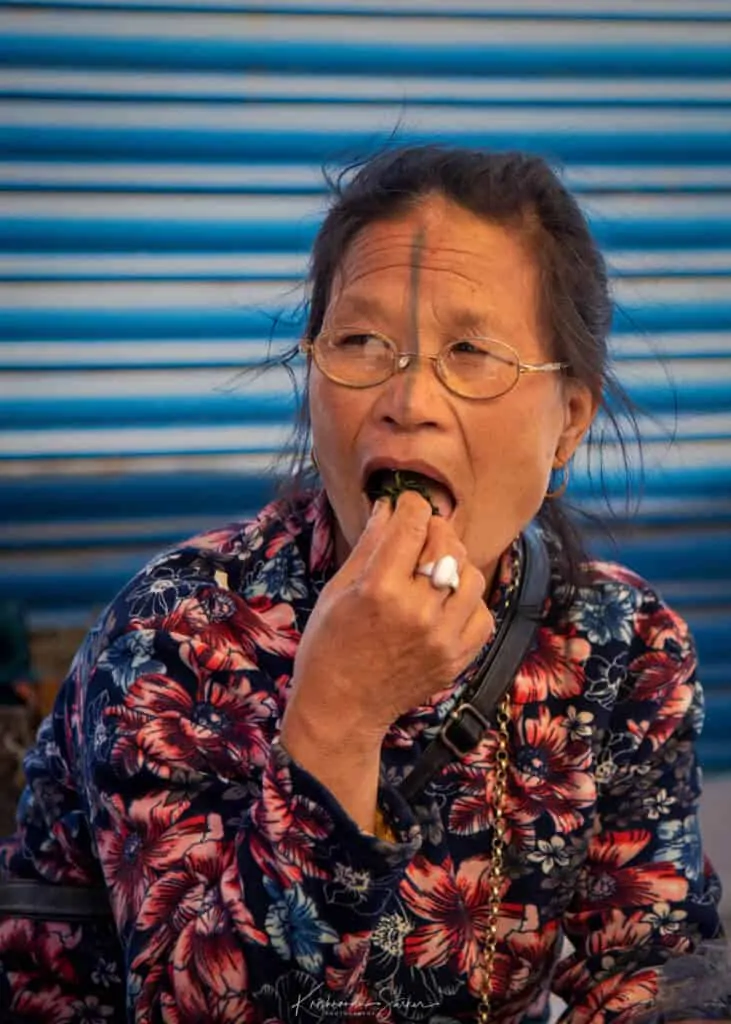

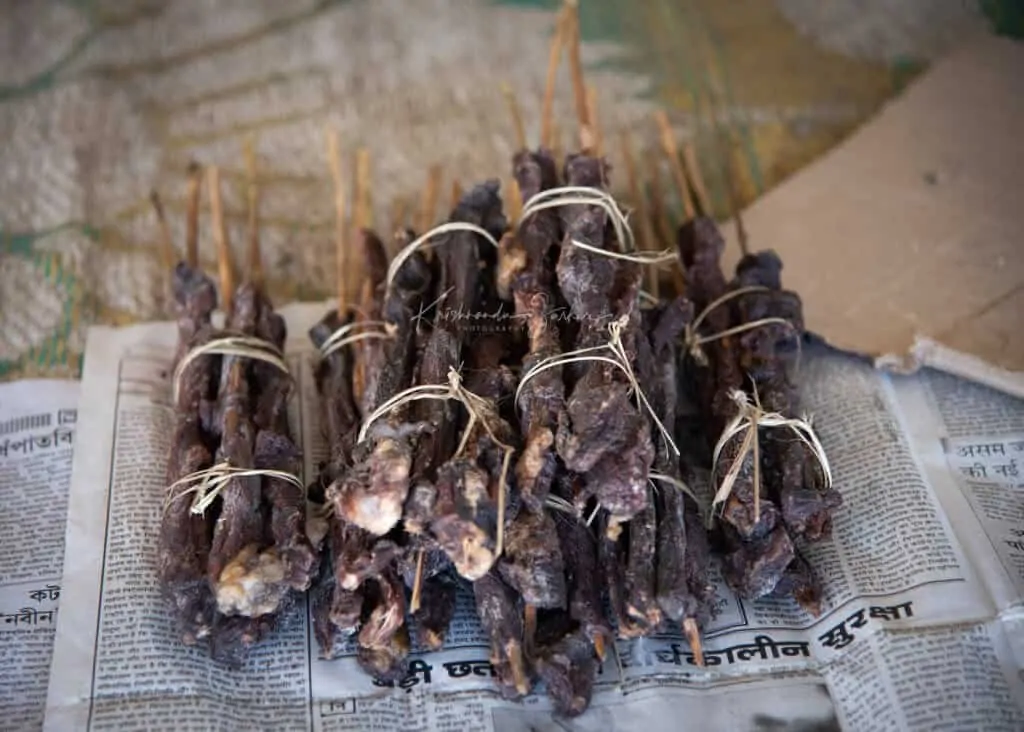
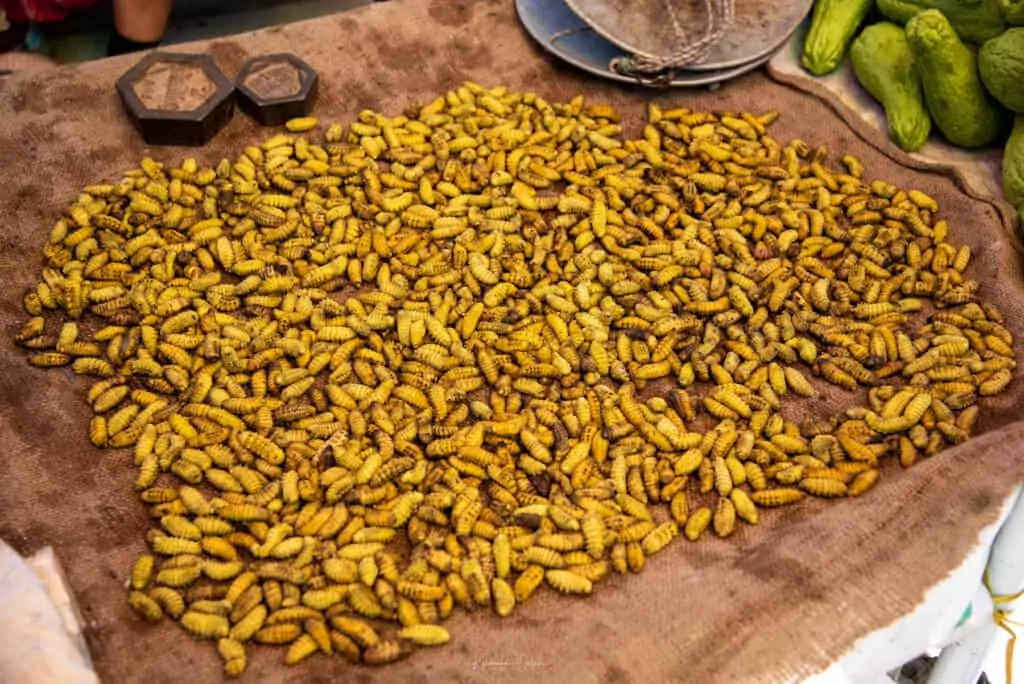
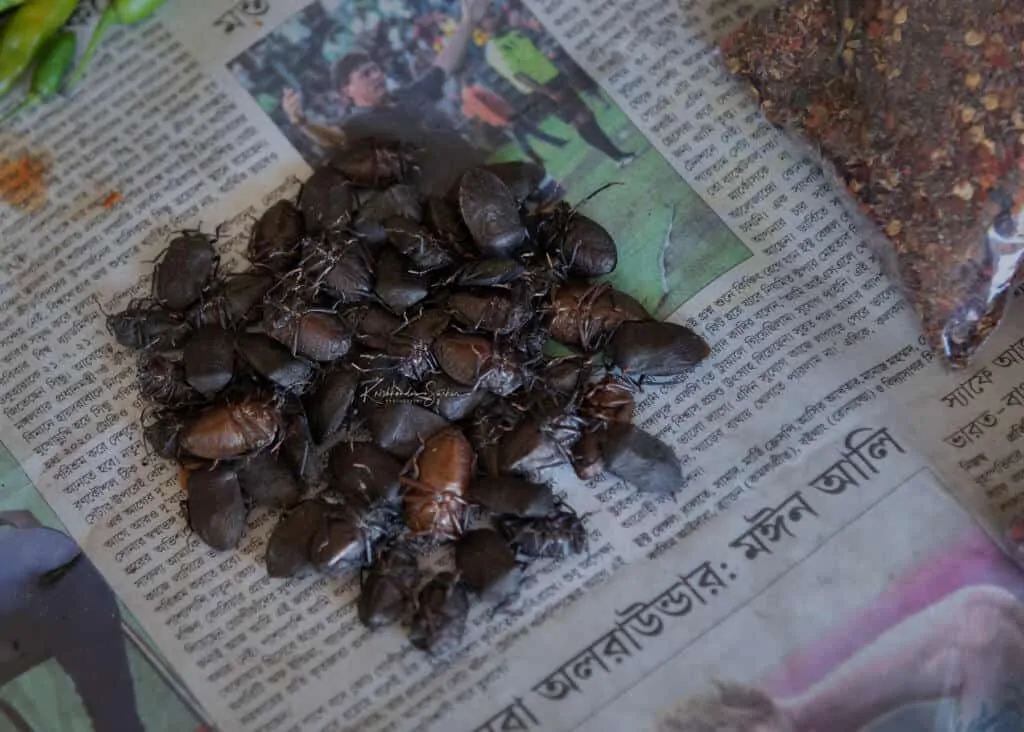

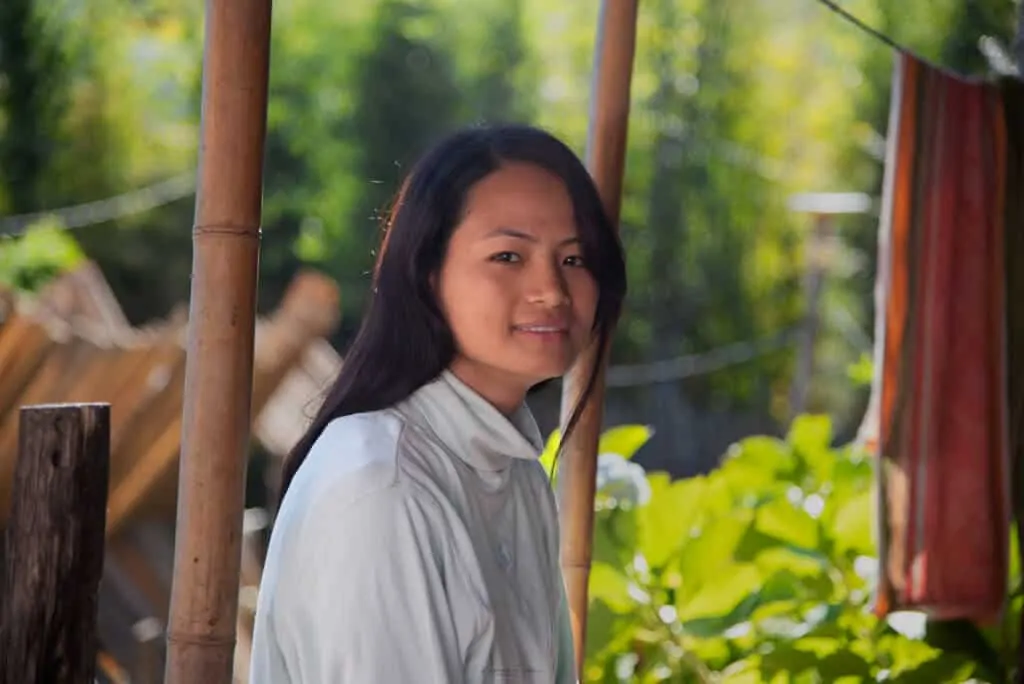
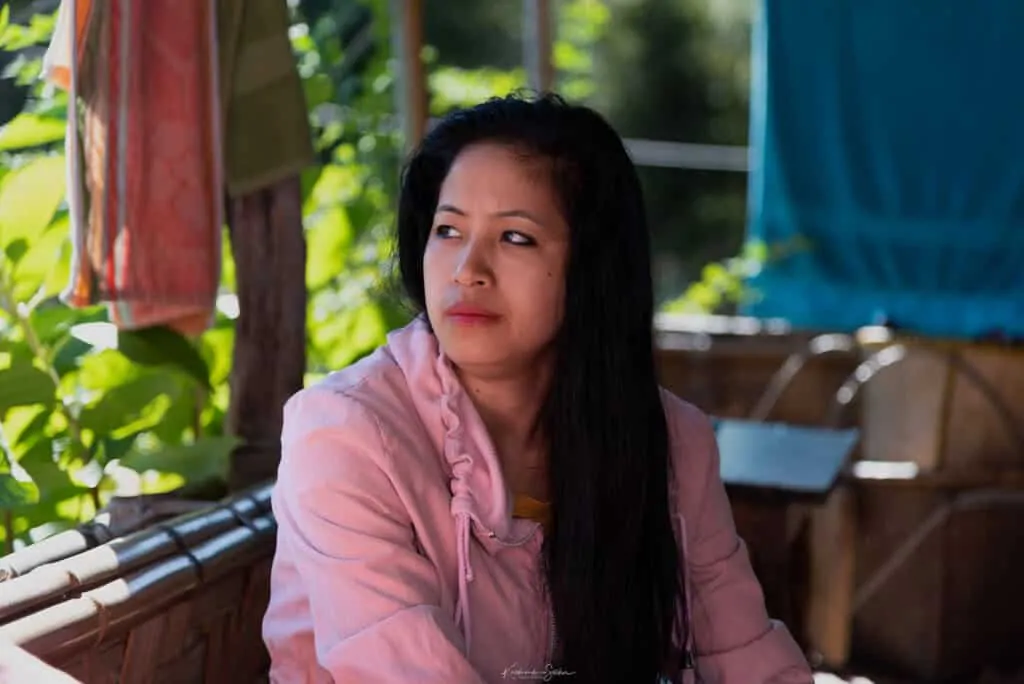
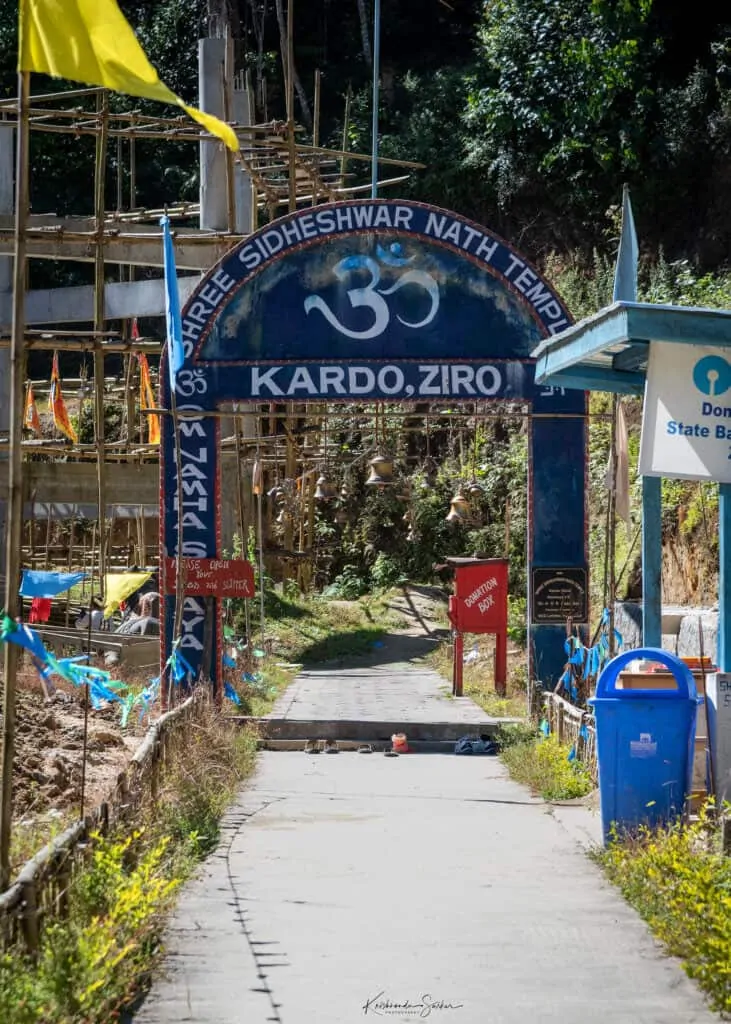
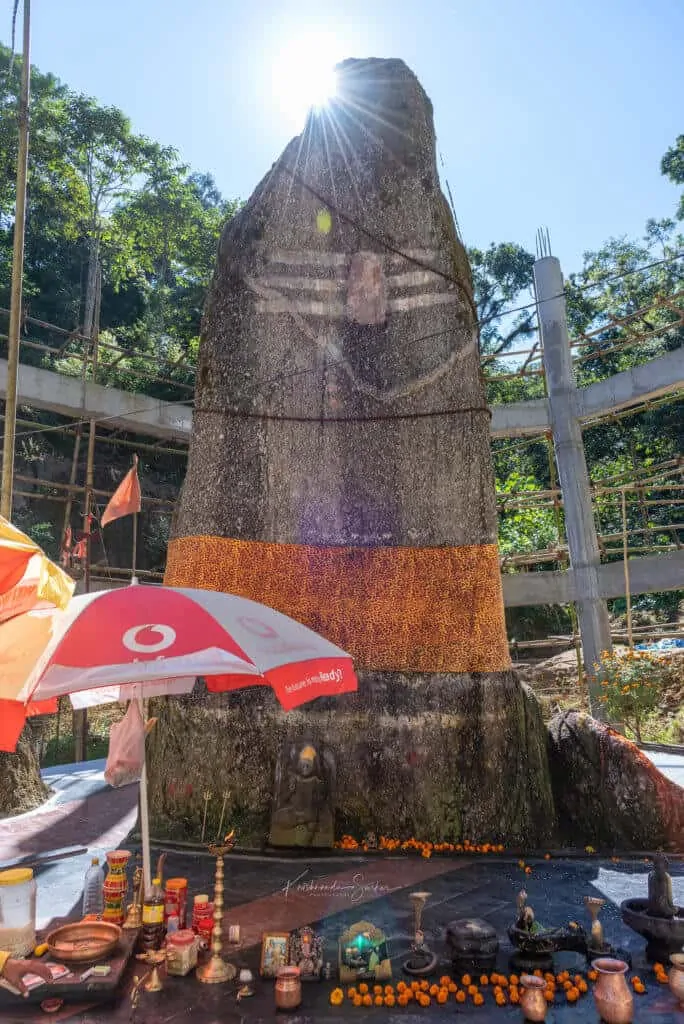
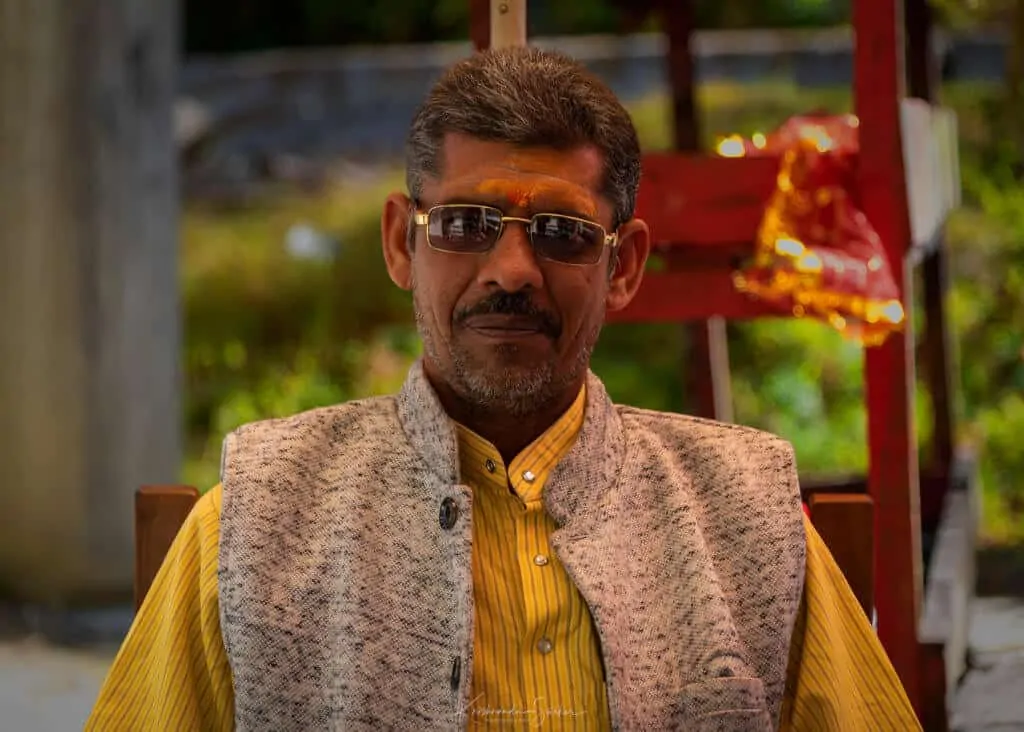

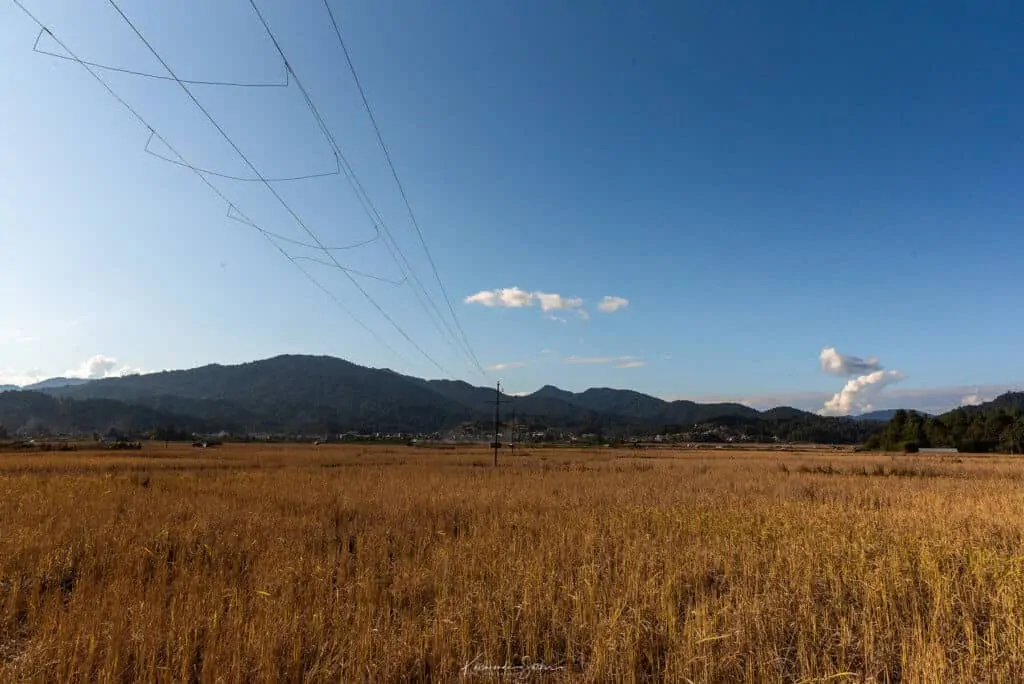

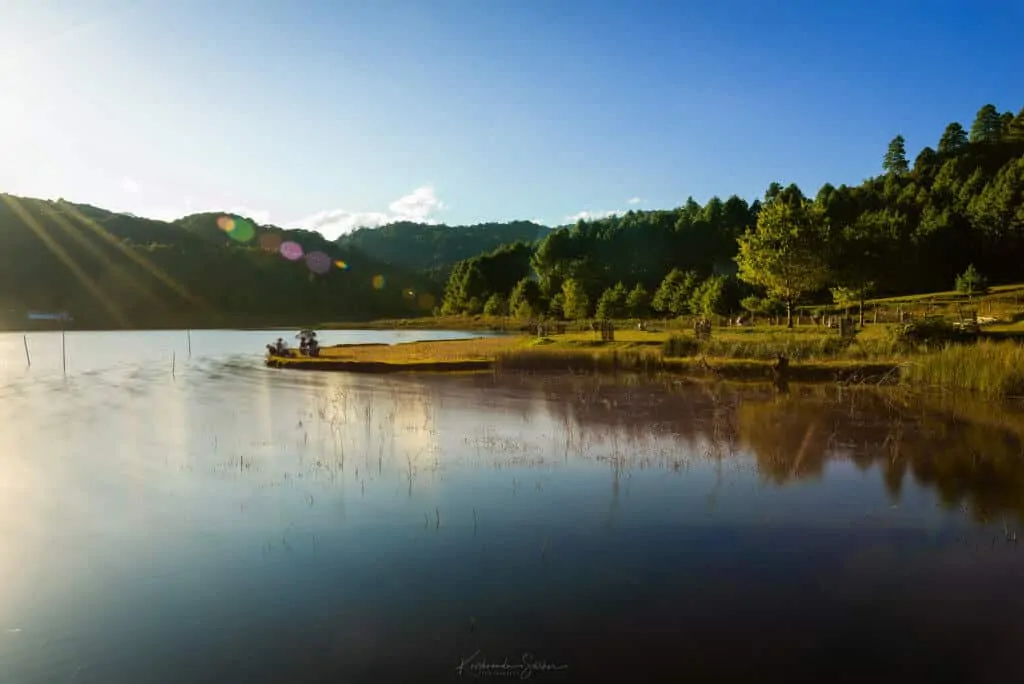
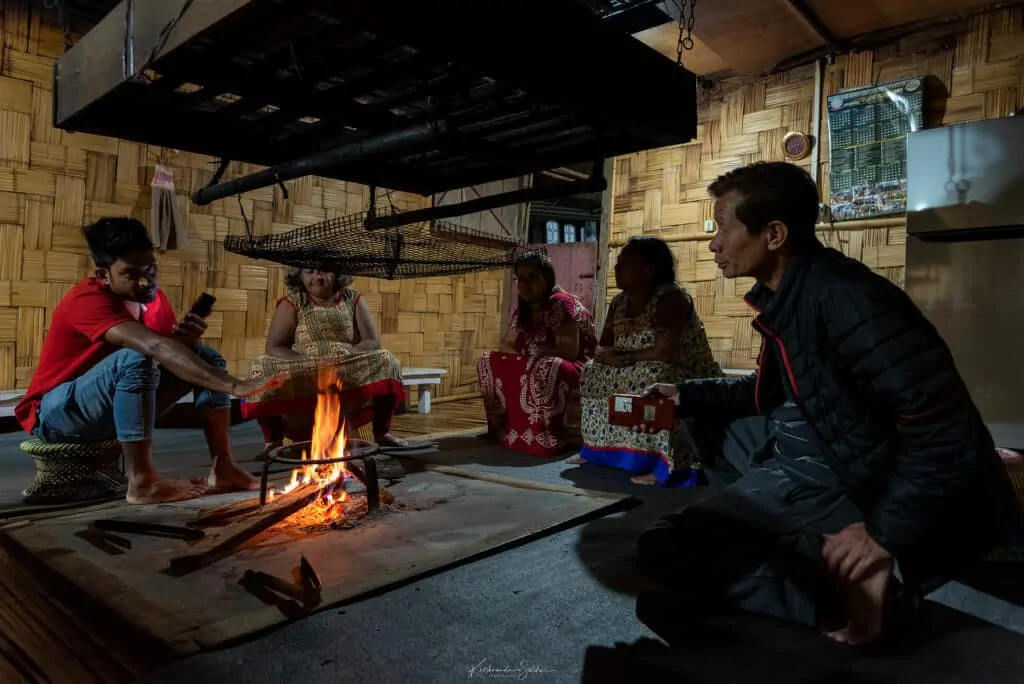
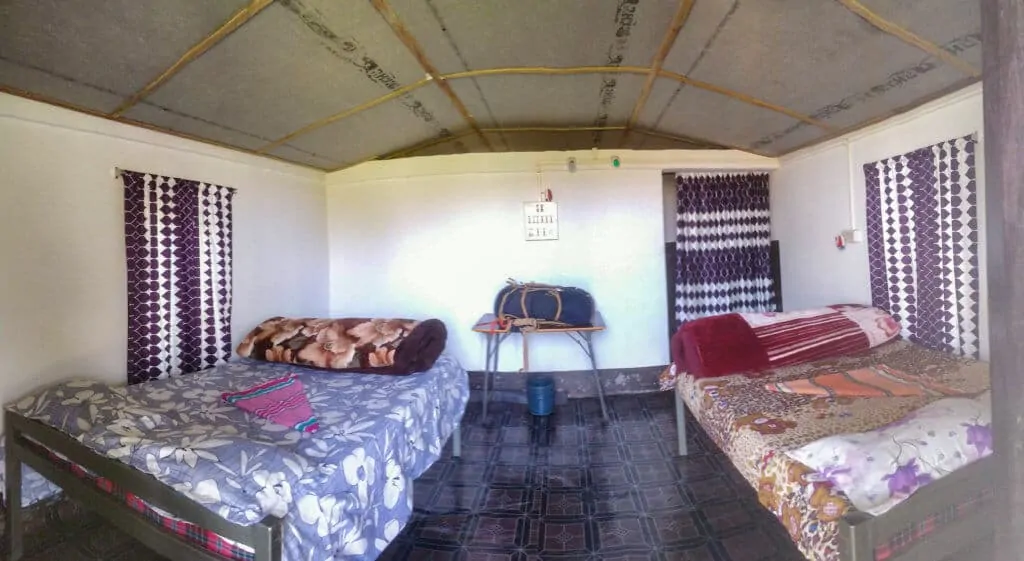
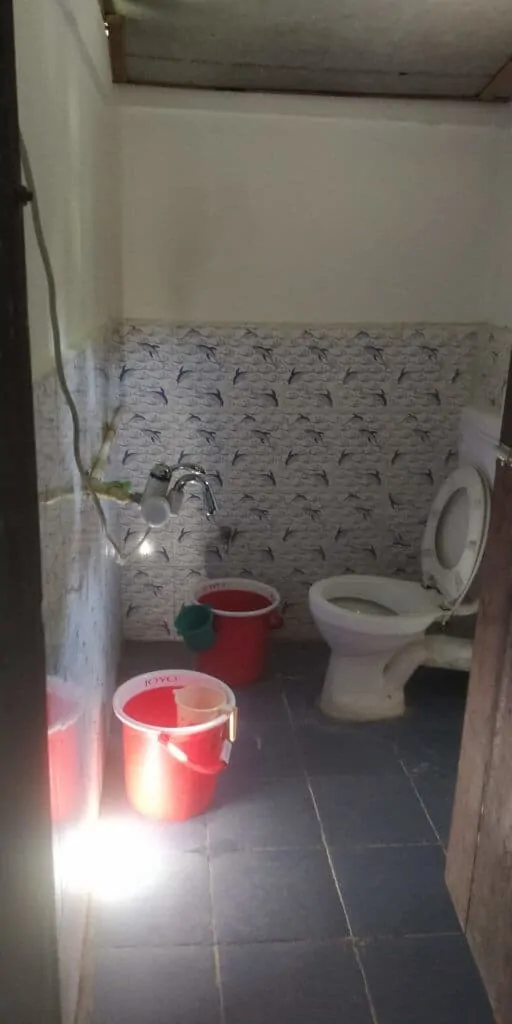
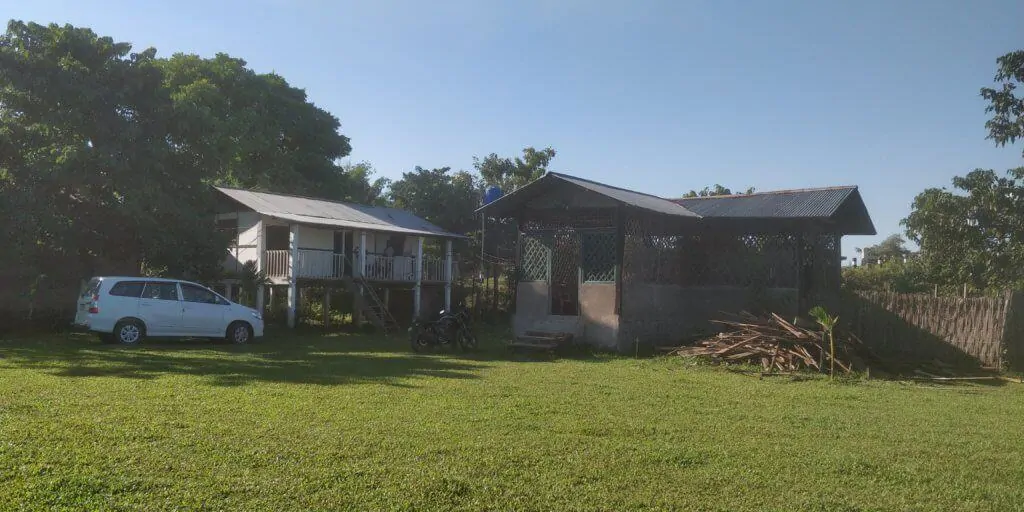
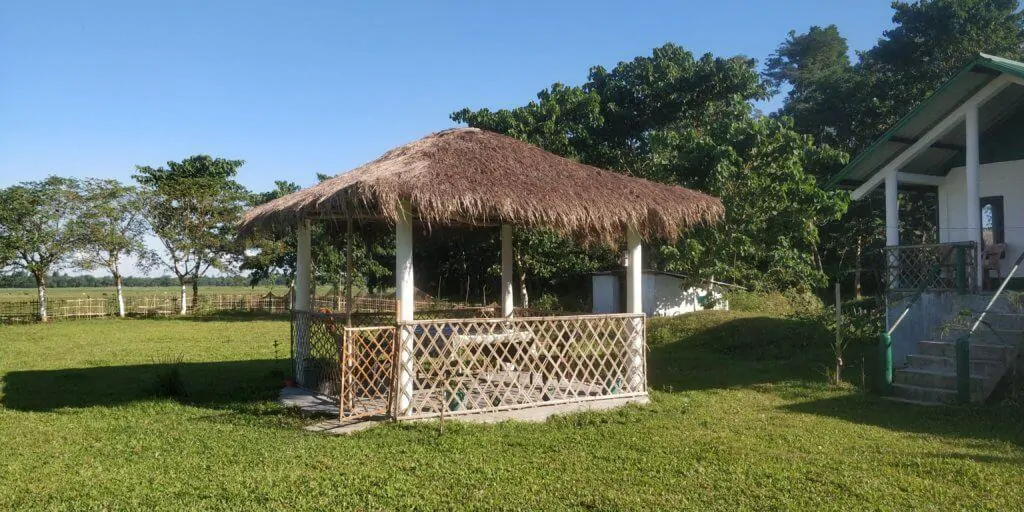
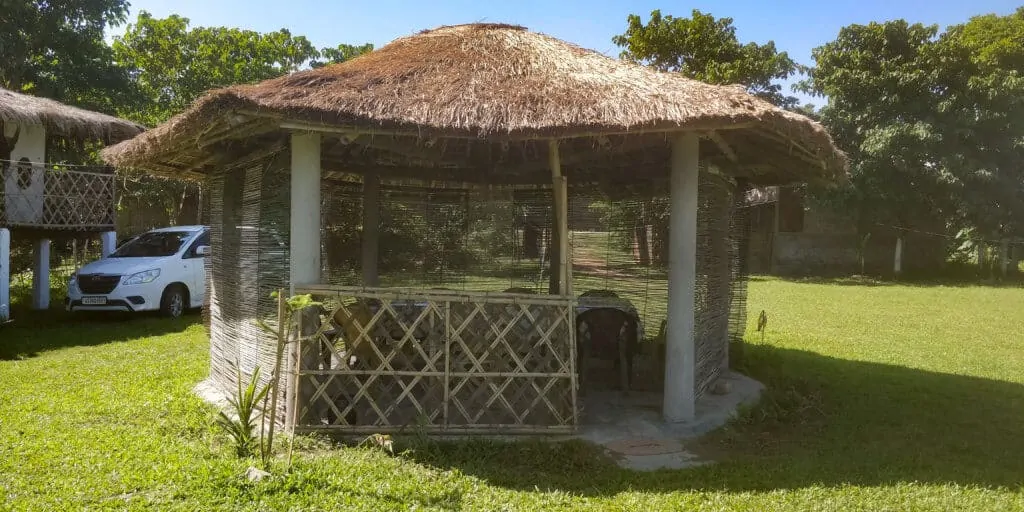
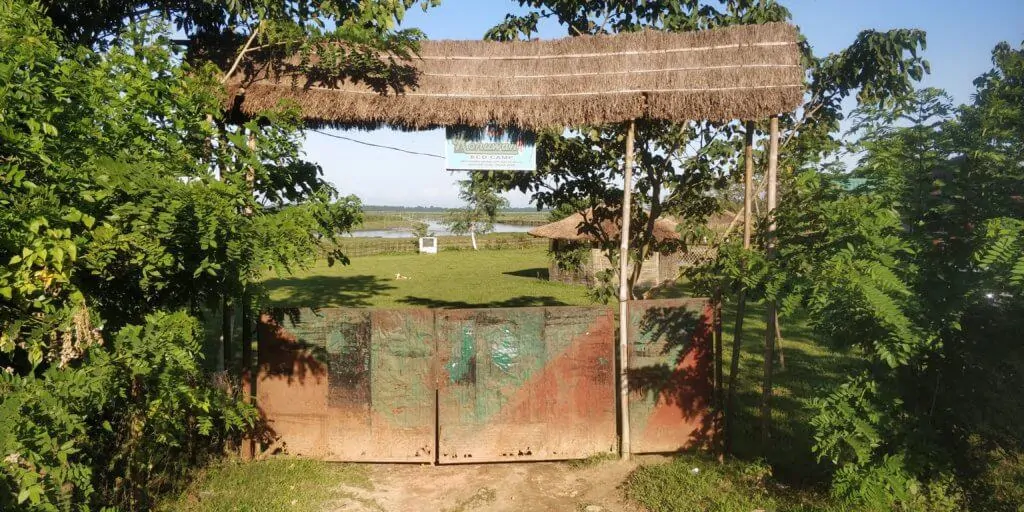
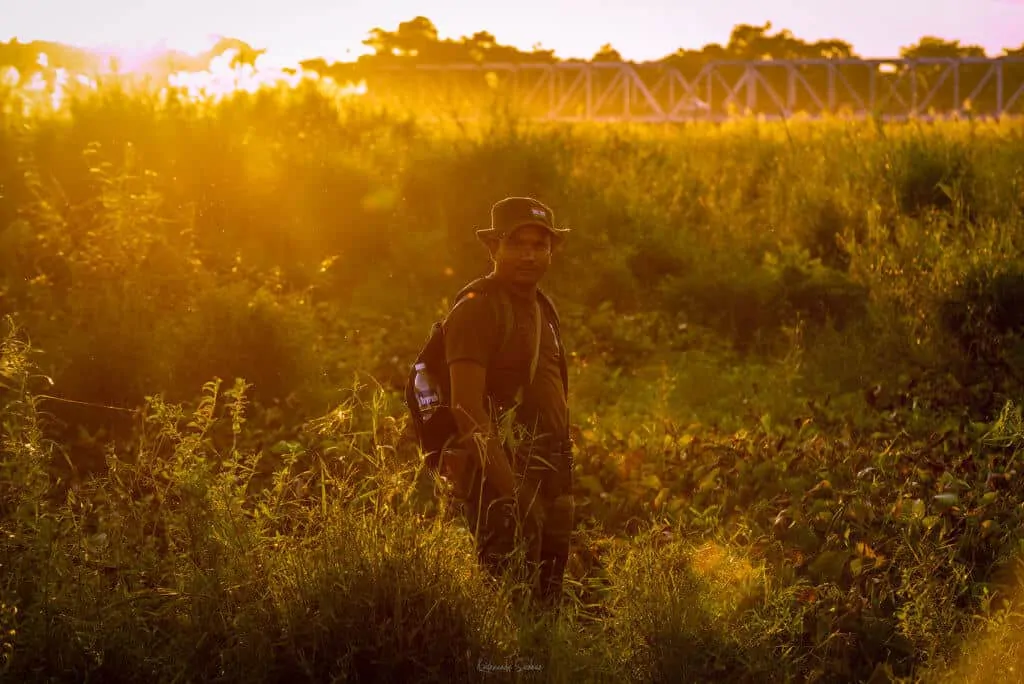
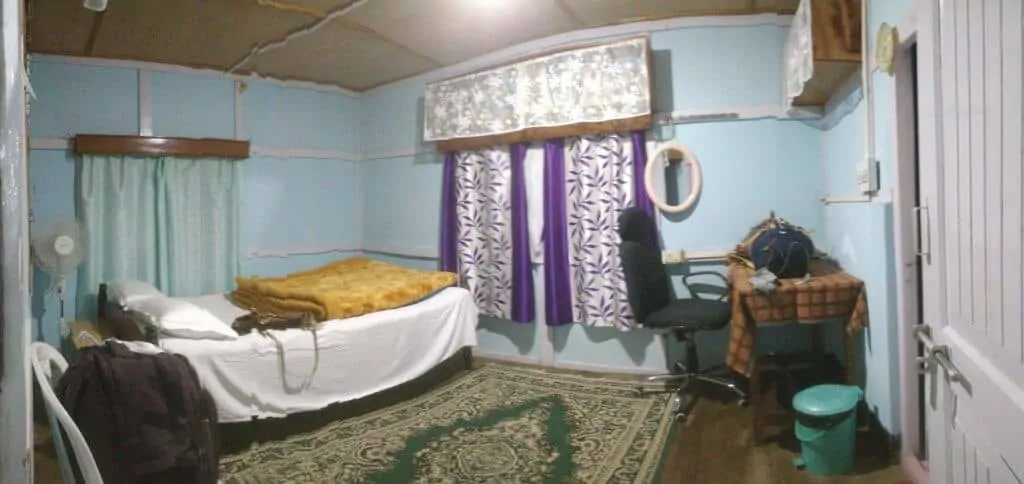
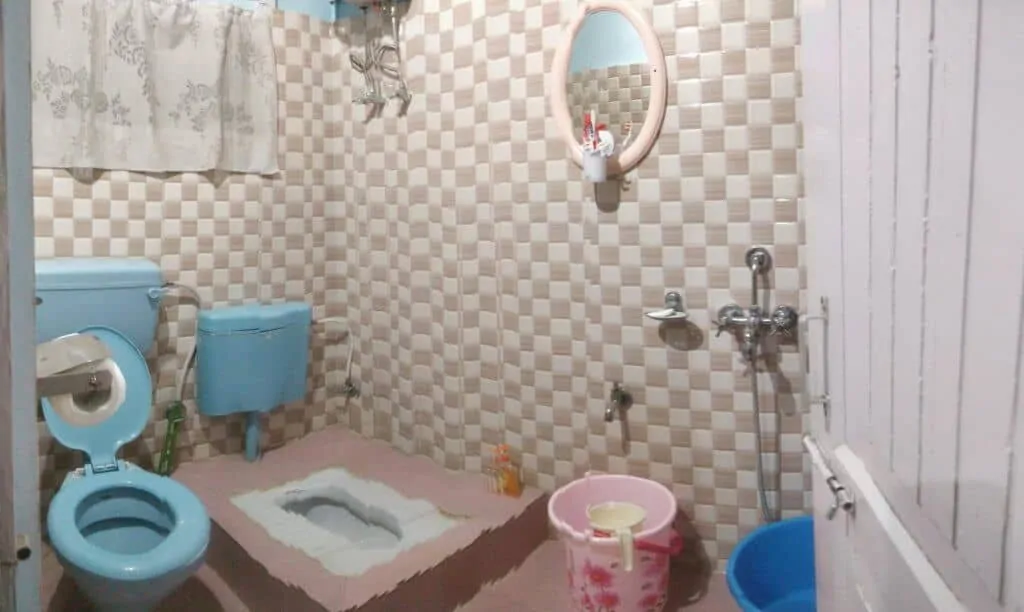
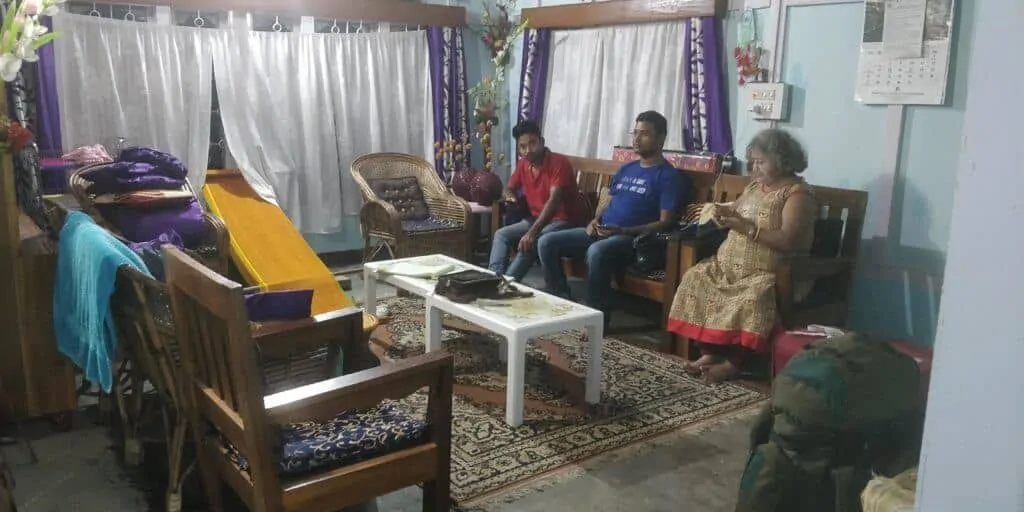
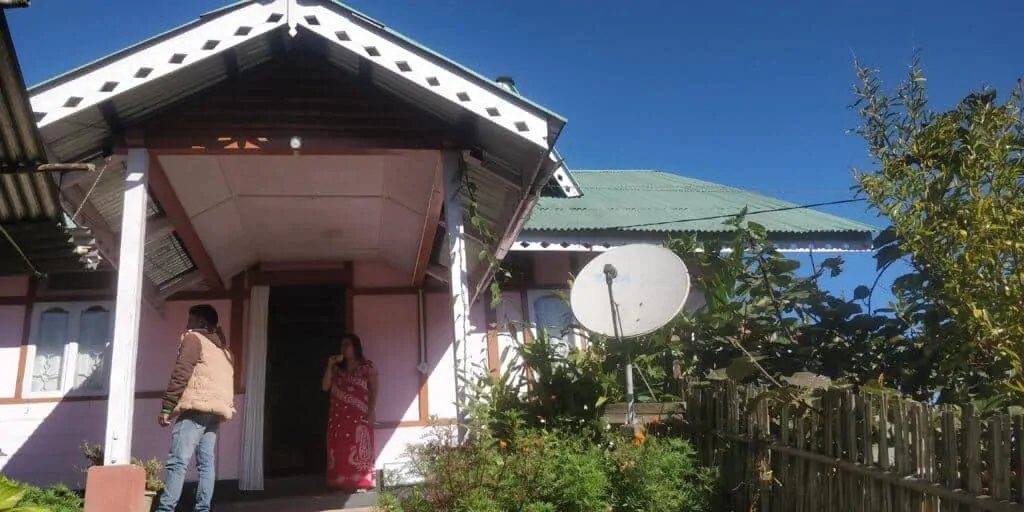
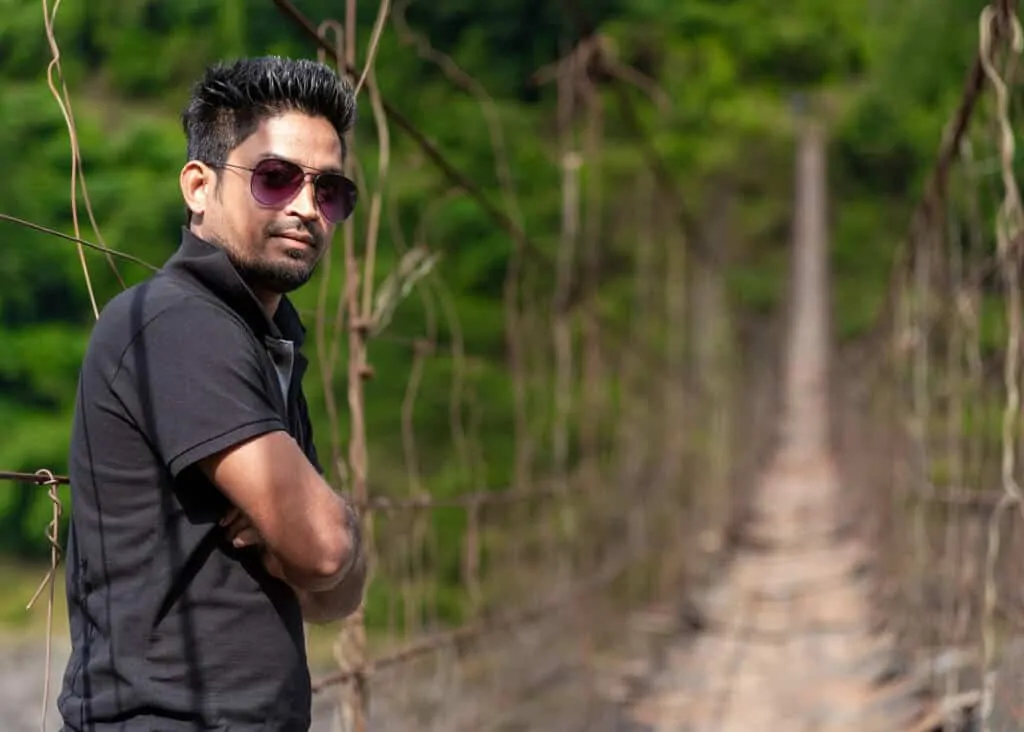

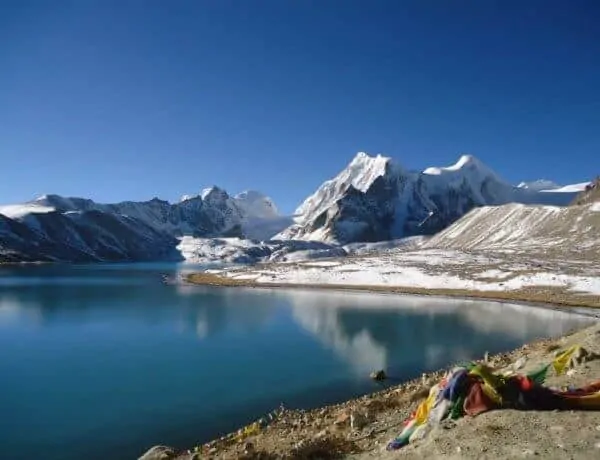
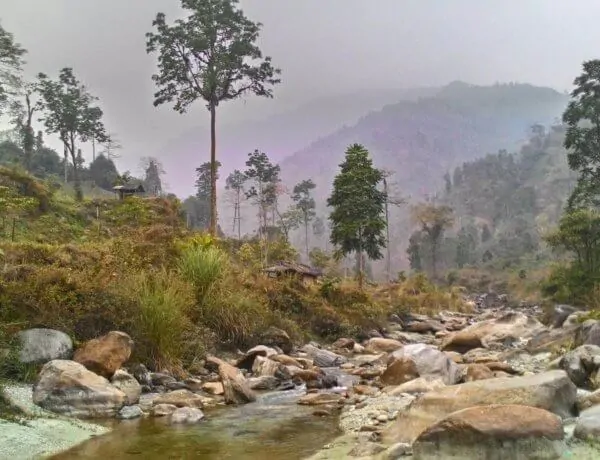
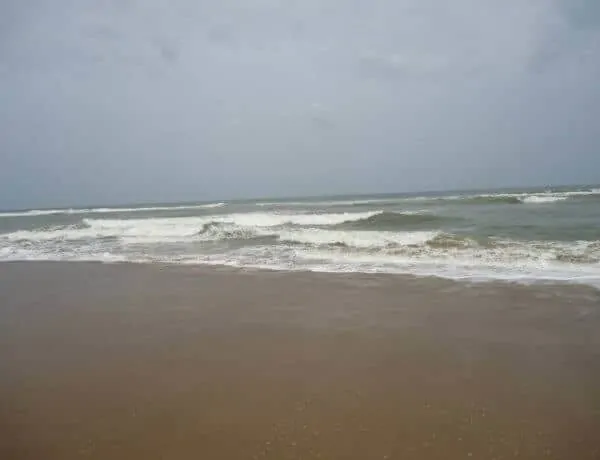

11 Comments
Lalsangzuala
February 17, 2020 at 12:07 AMDont always link the NE States to your pantheons of Gods as you have done to Manipur.!
Krishnandu Sarkar
February 17, 2020 at 7:39 AMI’m sorry if I have hurt your sentiments which was not my intention. However, I just drafted the way locals explained things to me.
Saheli desai
February 25, 2020 at 1:31 PMHi Krishnanduda,
It was your Bhutan trip when you bought the DSLR, and now look at your photographs it simply awesome. keep it up your good work. I have only gone through your photographs now for this blog, will again comment after reading the whole series.
Krishnandu Sarkar
February 25, 2020 at 1:50 PMHi Saheli, Thanks for being an avid reader 🙂
Thank You and I’m glad that you liked it 🙂
Saheli desai
February 25, 2020 at 1:34 PMHi Krishnanduda,
It was your Bhutan trip when you bought the DSLR, and now look at your photographs it simply awesome. keep it up your good work. I have only gone through your photographs now for this blog, will again comment after reading the whole series.
Krishnandu Sarkar
August 16, 2020 at 10:17 PMHi Saheli,
I’m extremely sorry for being late. However, the whole series has now been published.
You may checkout the whole series below
Unexplored Arunachal Series :
Unexplored Arunachal | Ziro | Part 1
Unexplored Arunachal | Aalo (Along) | Part 2
Unexplored Arunachal | Mechuka | Part 3
Unexplored Arunachal | Tuting | Gelling | Part 4
Unexplored Arunachal | Ledum Village | Part 5
Unexplored Arunachal | Aalo (Along) | Part 2 - Krishnandu Sarkar
April 18, 2020 at 9:55 PM[…] the completion of exploring Ziro – The Land of Apatanis, our 2nd leg of the trip – exploring the adorable forgotten valley – Mechuka […]
Unexplored Arunachal | Tuting | Gelling | Part 4 - Krishnandu Sarkar
August 15, 2020 at 10:43 PM[…] people here follow the religion of Donyi Polo (Sun and Moon) similar to our past experiences with Apatanis at Ziro and Galos at Aalo (Along). Observed in the month of February Aaran is the major festival of the Adi […]
Unexplored Arunachal | Mechuka | Part 3 - Krishnandu Sarkar
August 15, 2020 at 10:50 PM[…] and Govt. Contracts. Govt. jobs though, are a scarcity here in Mechuka, unlike our experience with Apatani Tribes at Ziro and Galo Tribes at Aalo (Along) where people are almost 80% involved in Govt […]
Unexplored Arunachal | Ledum Village | Part 5 - Krishnandu Sarkar
August 16, 2020 at 10:00 PM[…] most of the people here follow the religion of Donyi Polo (Sun and Moon) as we experienced at Ziro, Aalo (Along) and Tuting. Similar to all other parts of Arunachal Pradesh the kitchen serves as the […]
aahid nabi
August 31, 2024 at 5:03 AMWhat an insightful and detailed account of your journey to Ziro! Arunachal Pradesh often remains under the radar for many travelers, but your post beautifully highlights its hidden gems. The way you described the natural beauty, local culture, and the overall vibe of Ziro makes it a must-visit destination. Thanks for sharing your experience—can’t wait to read the next part of your adventure!